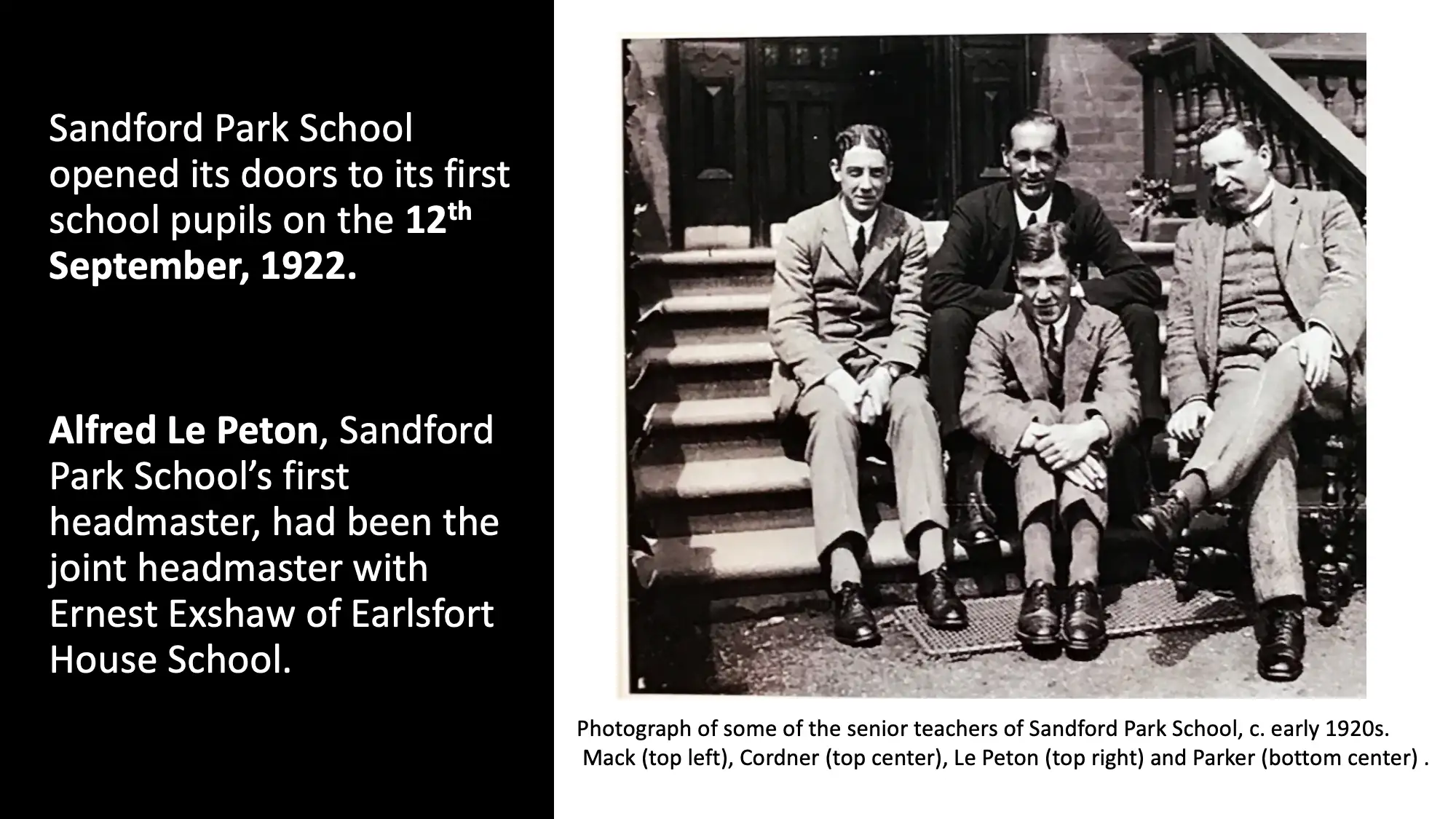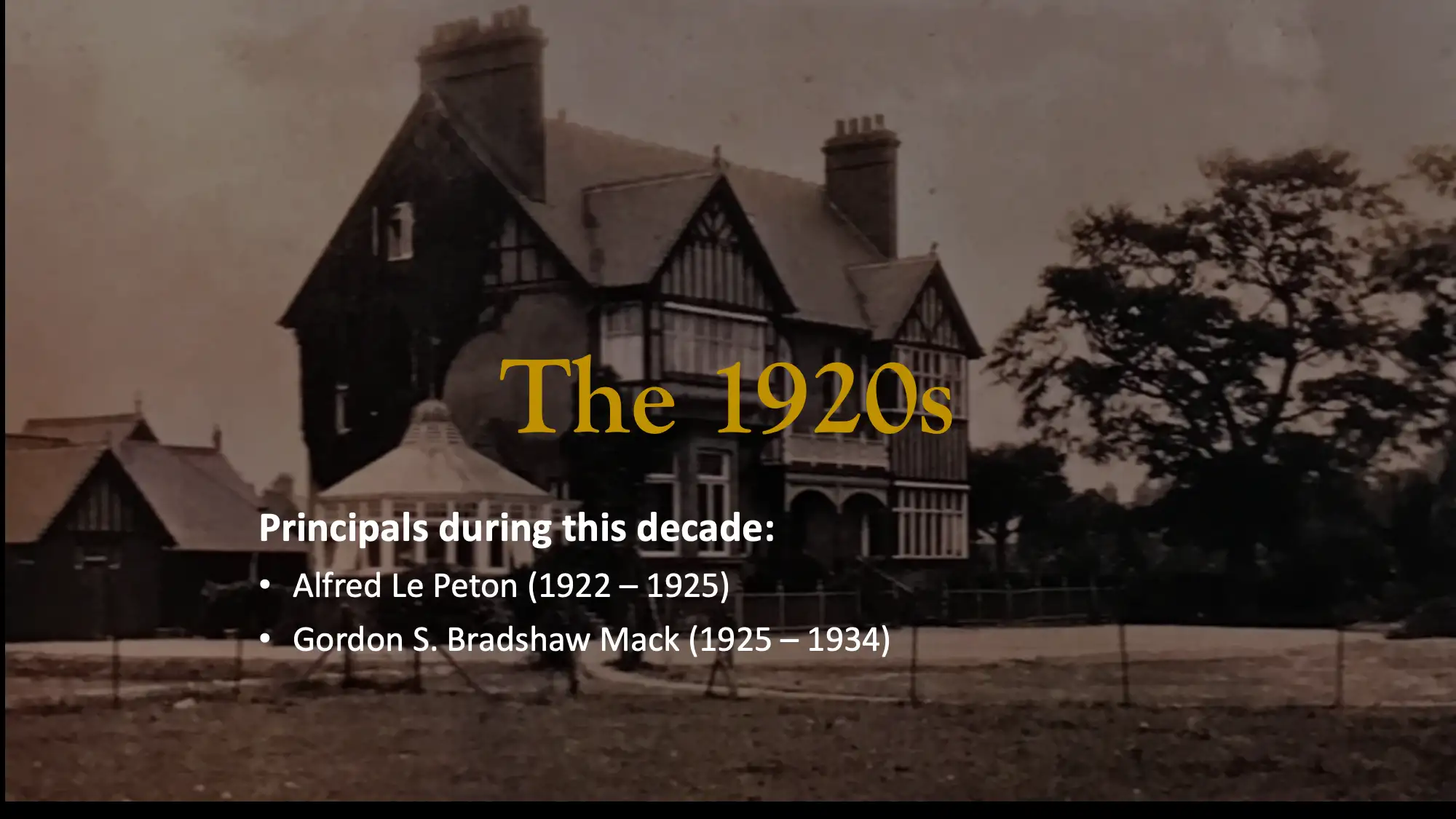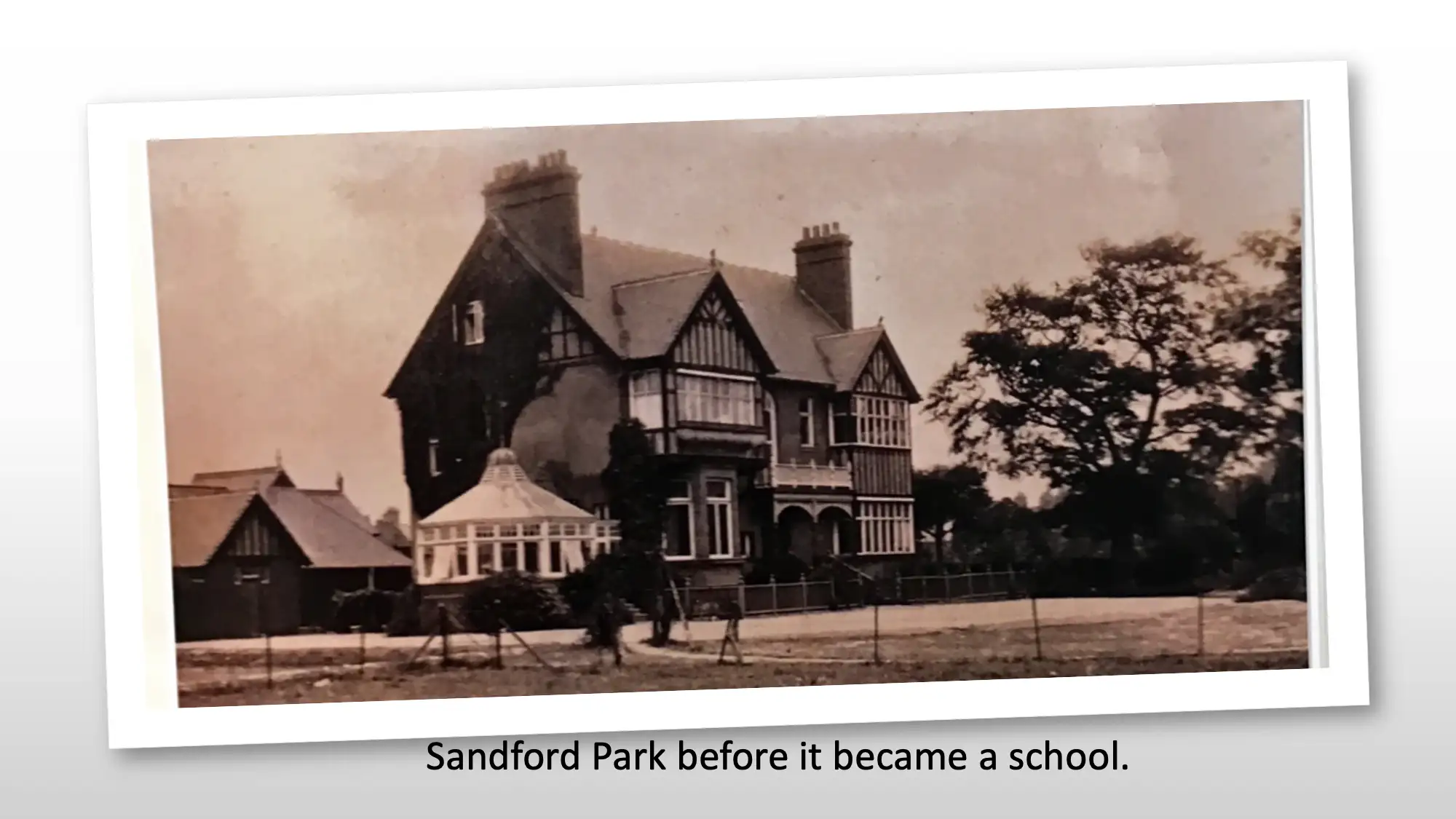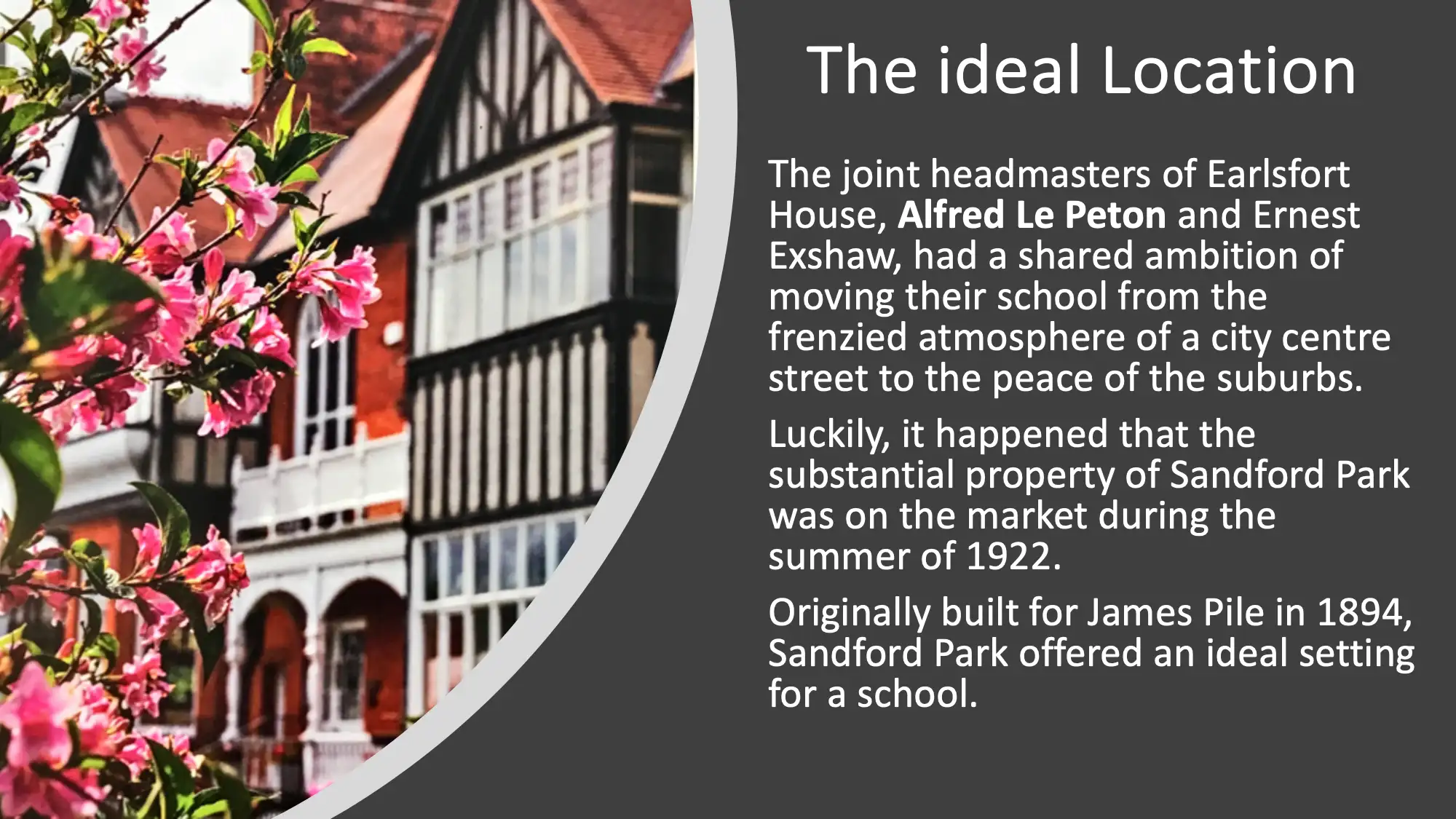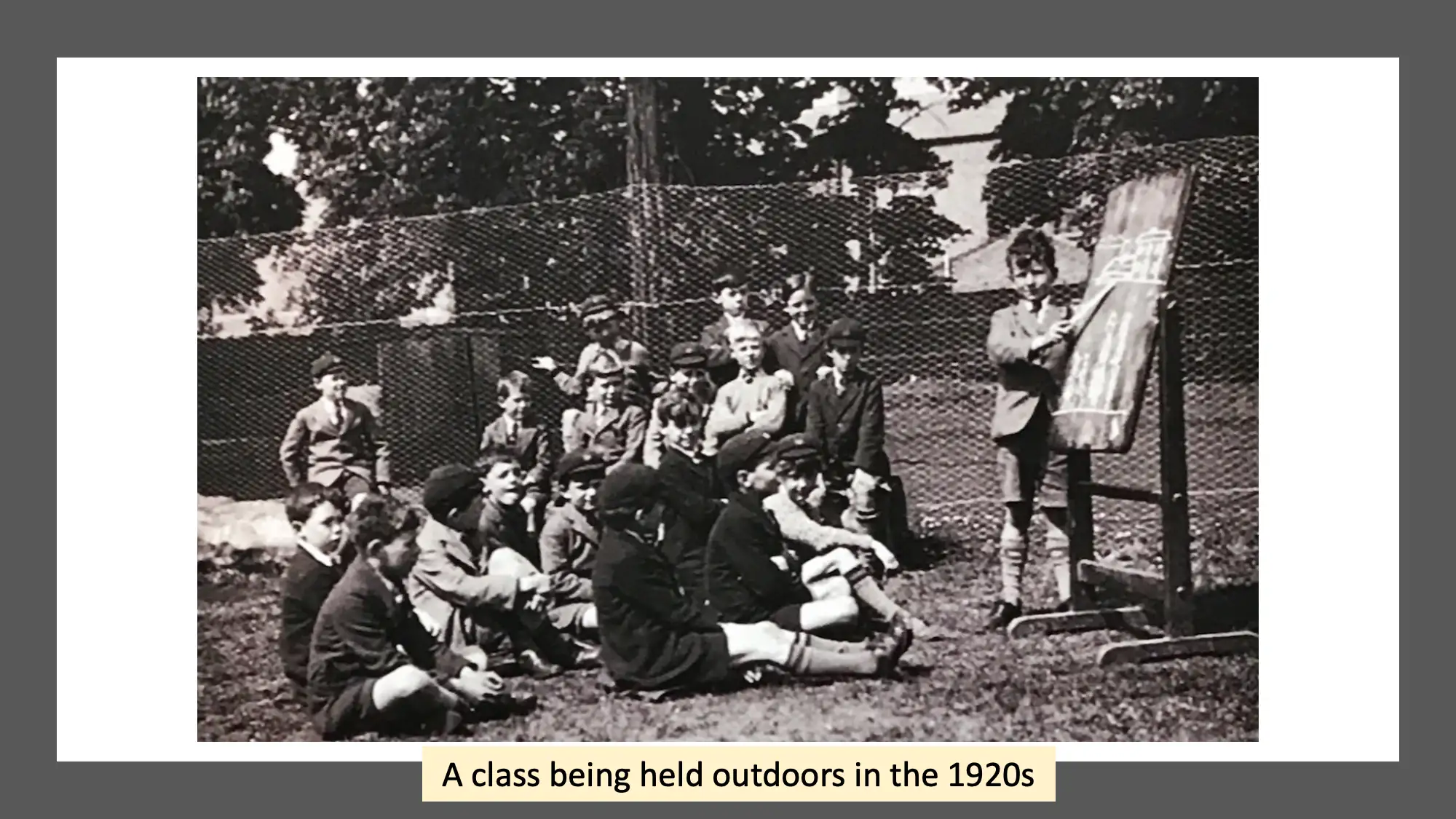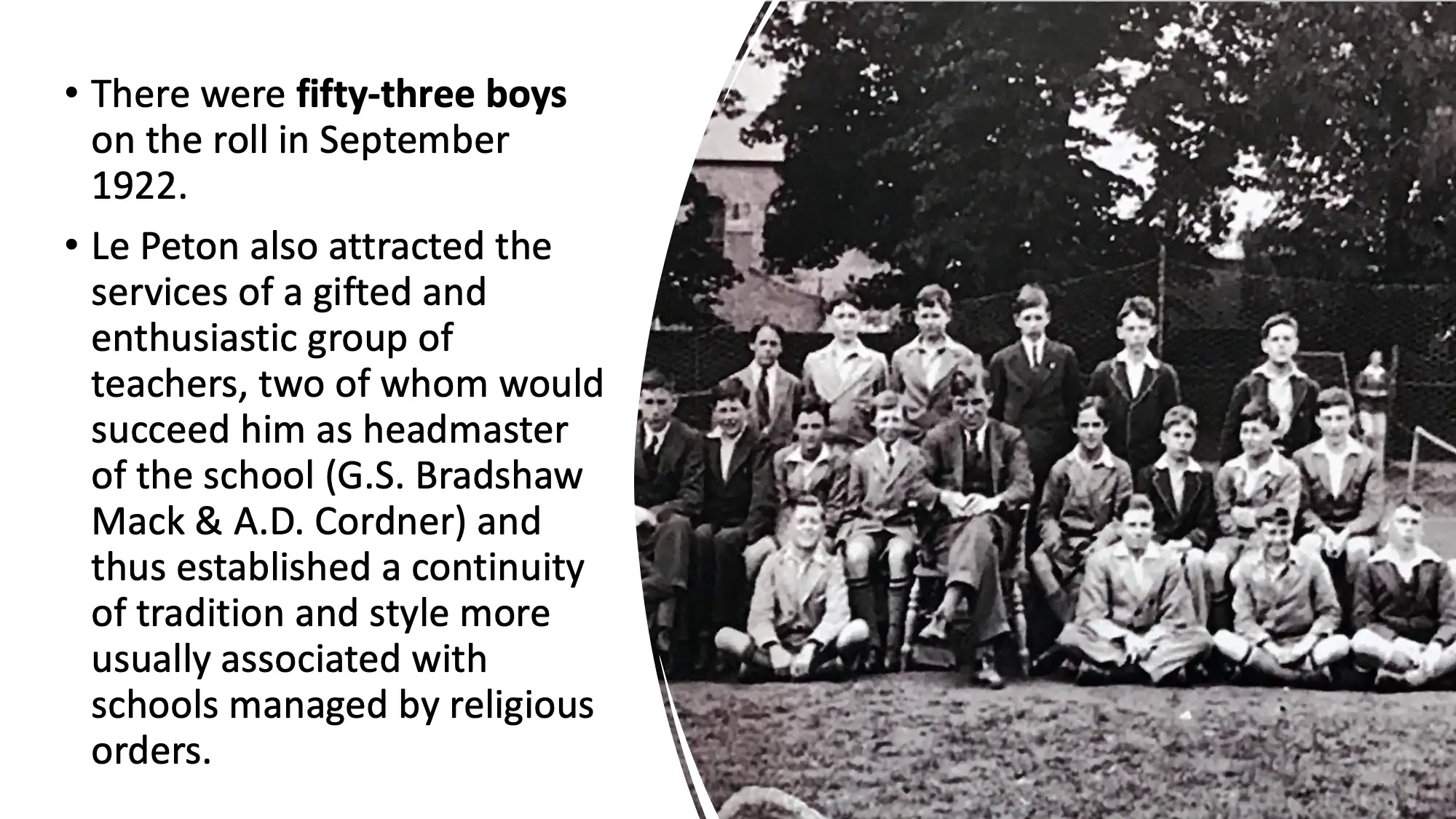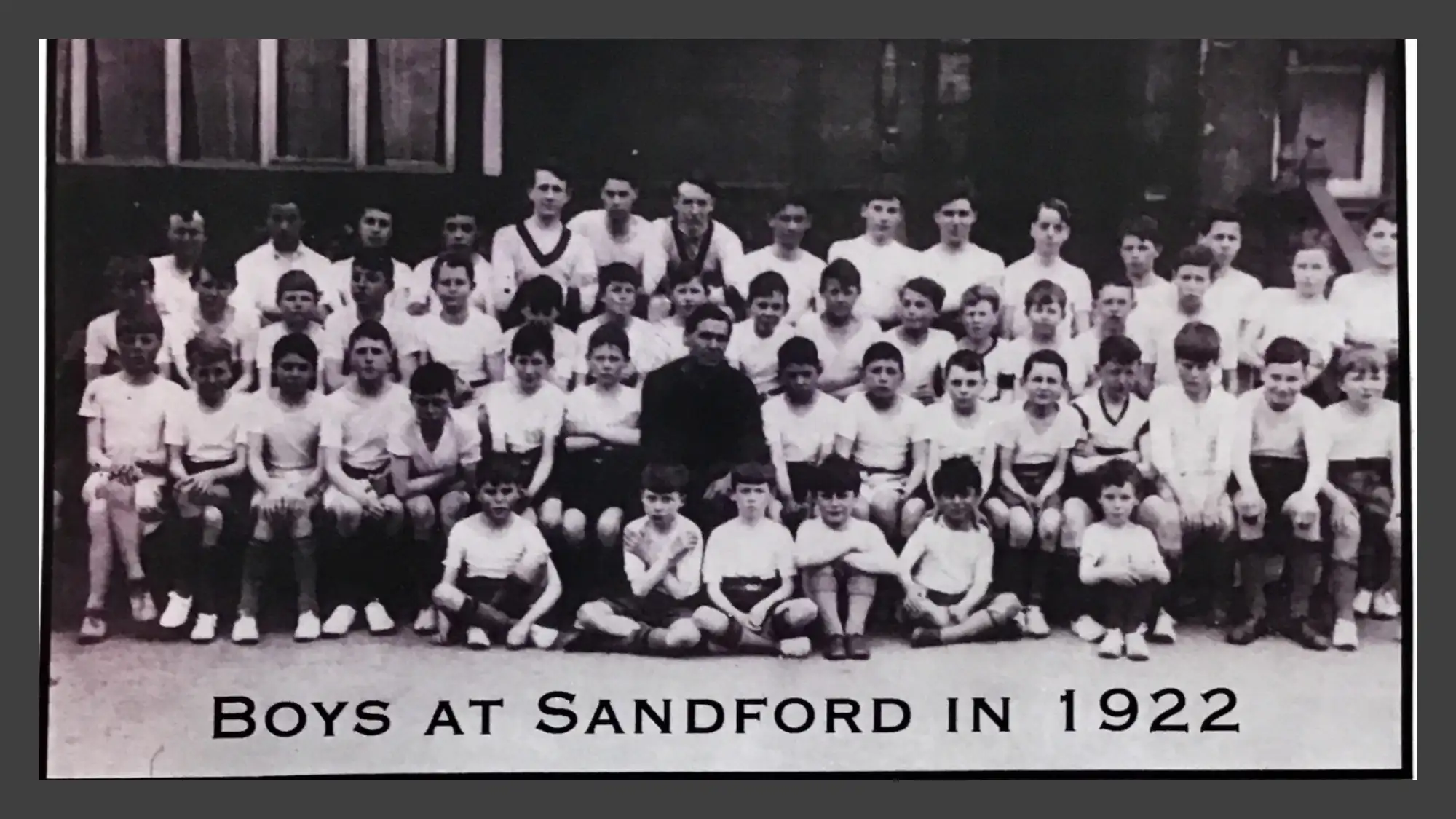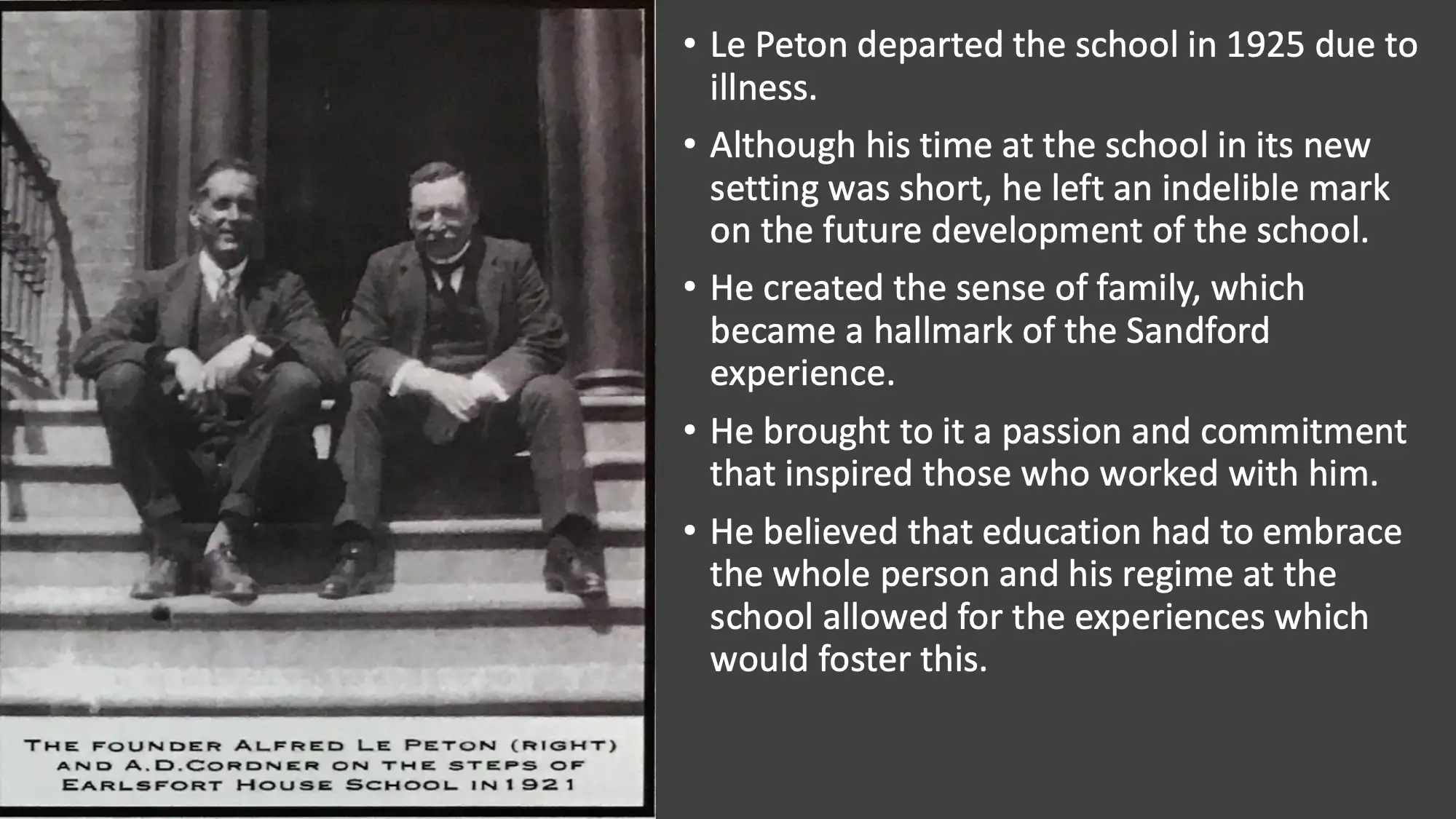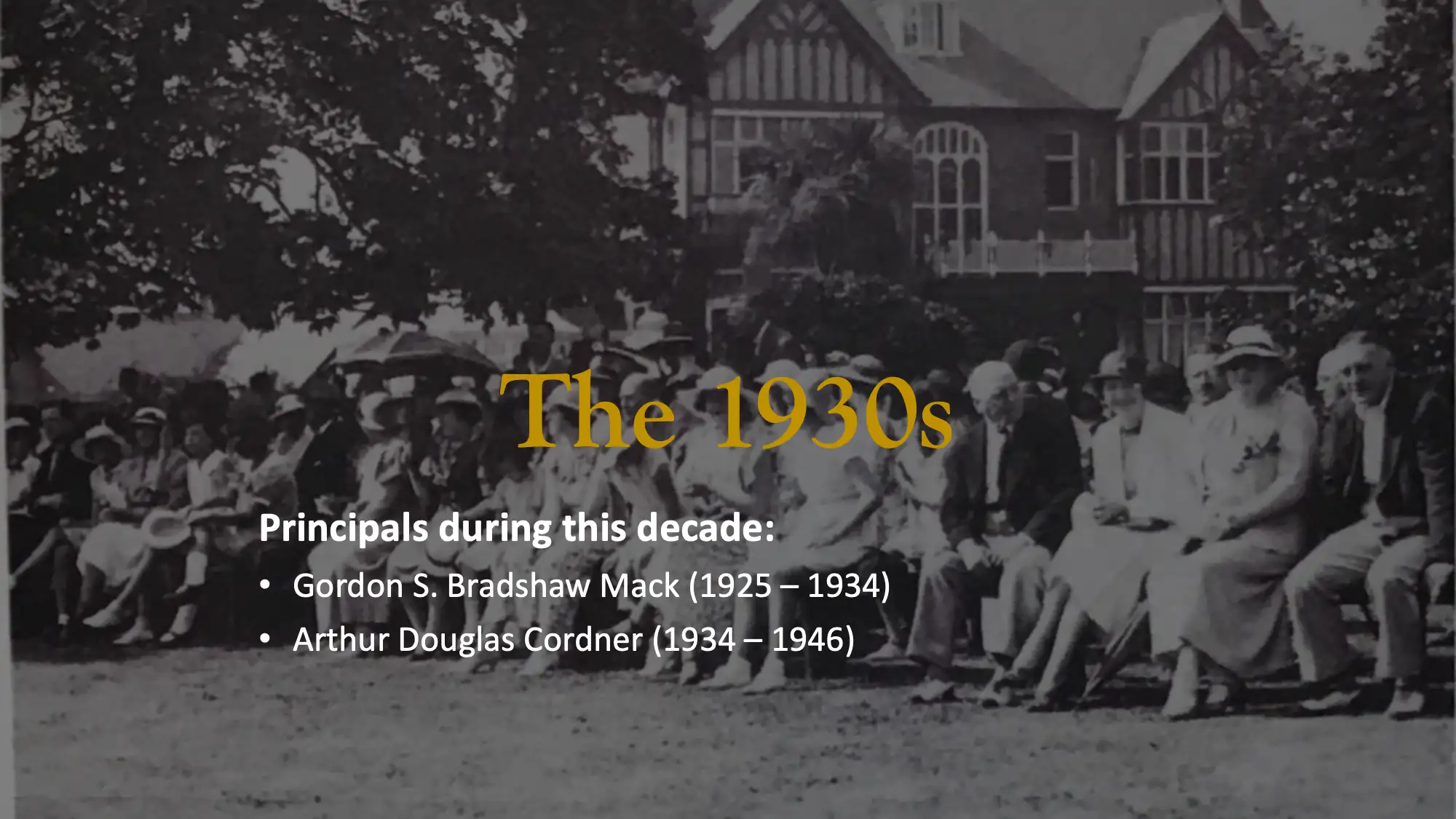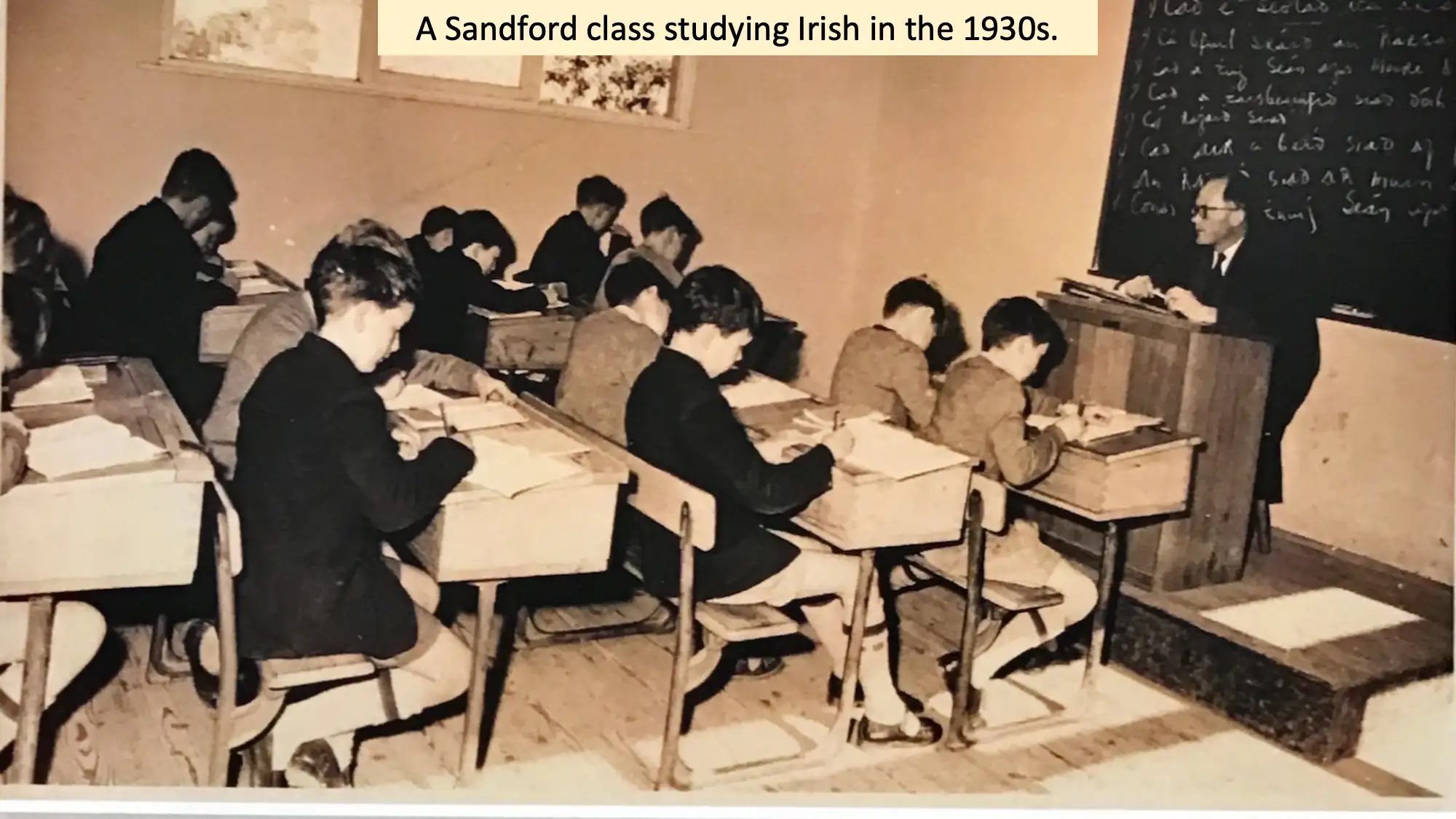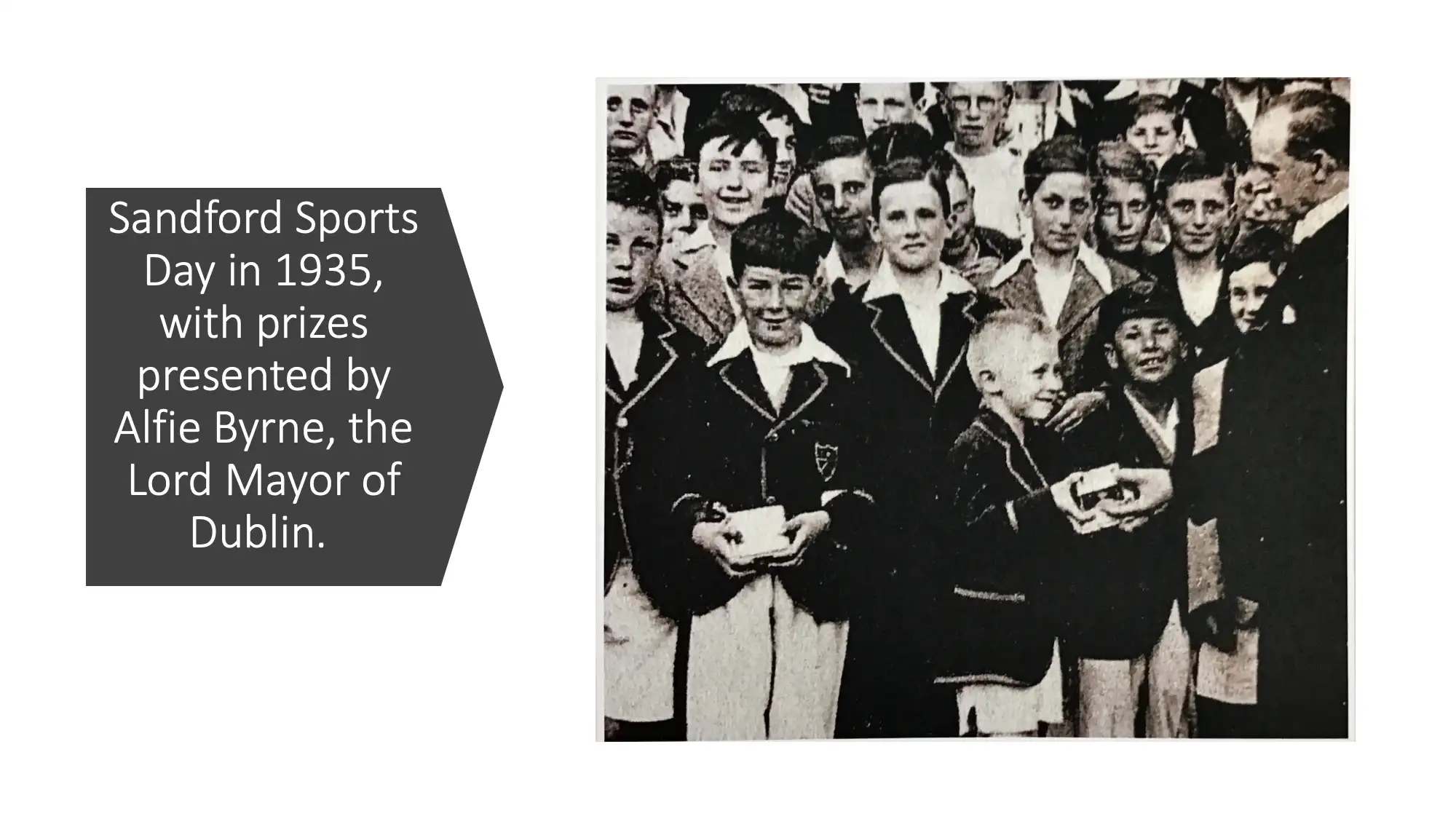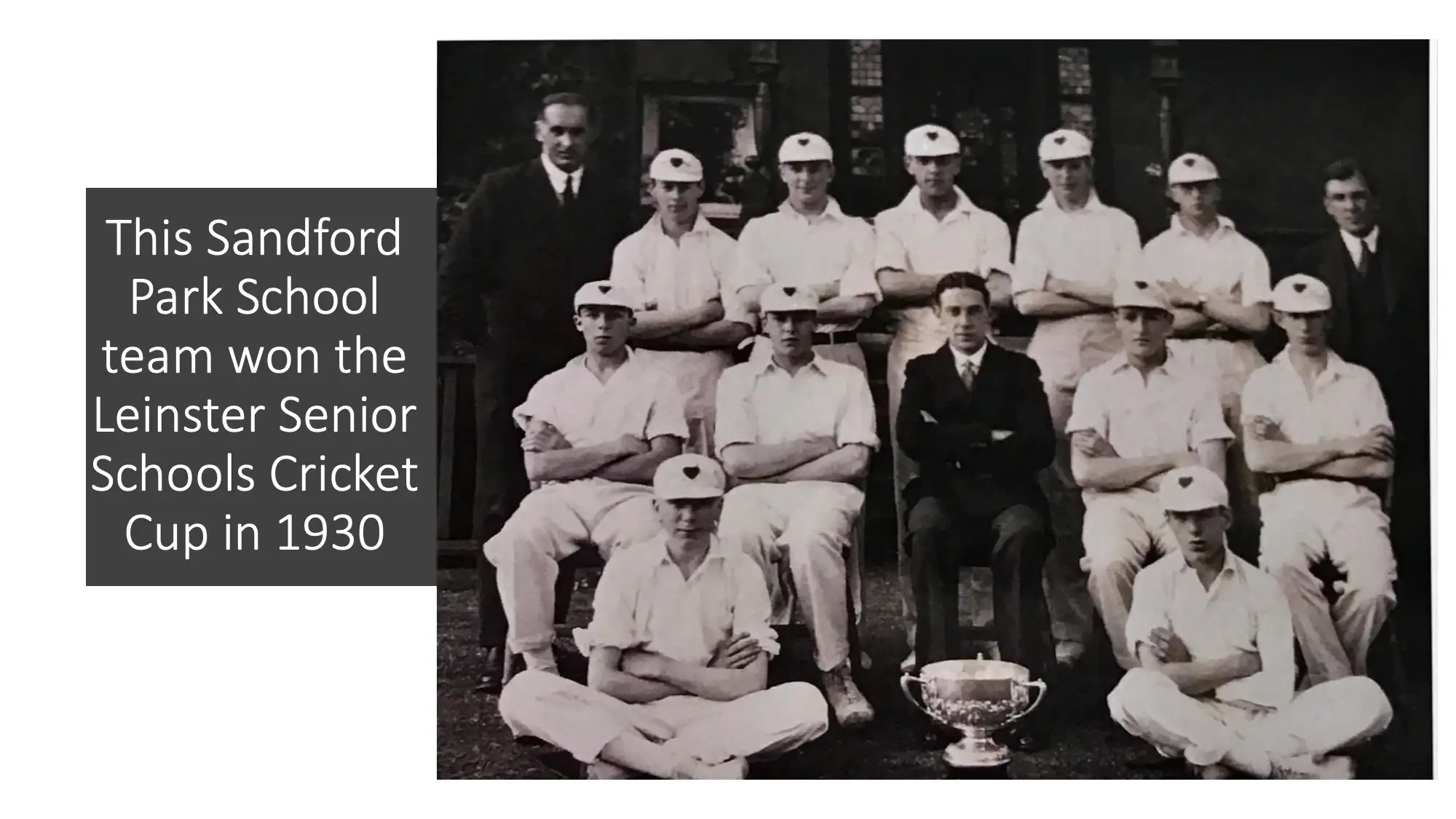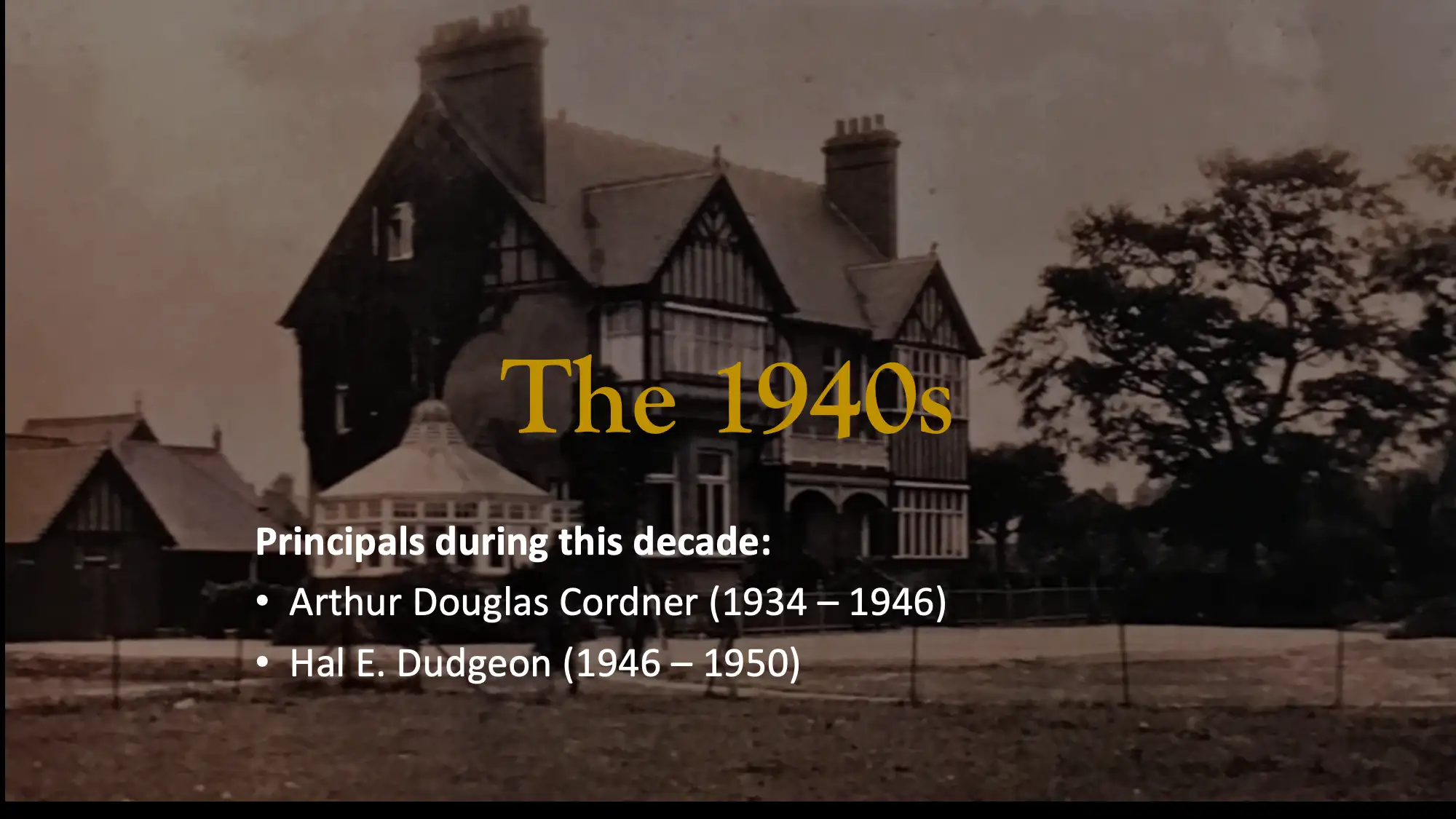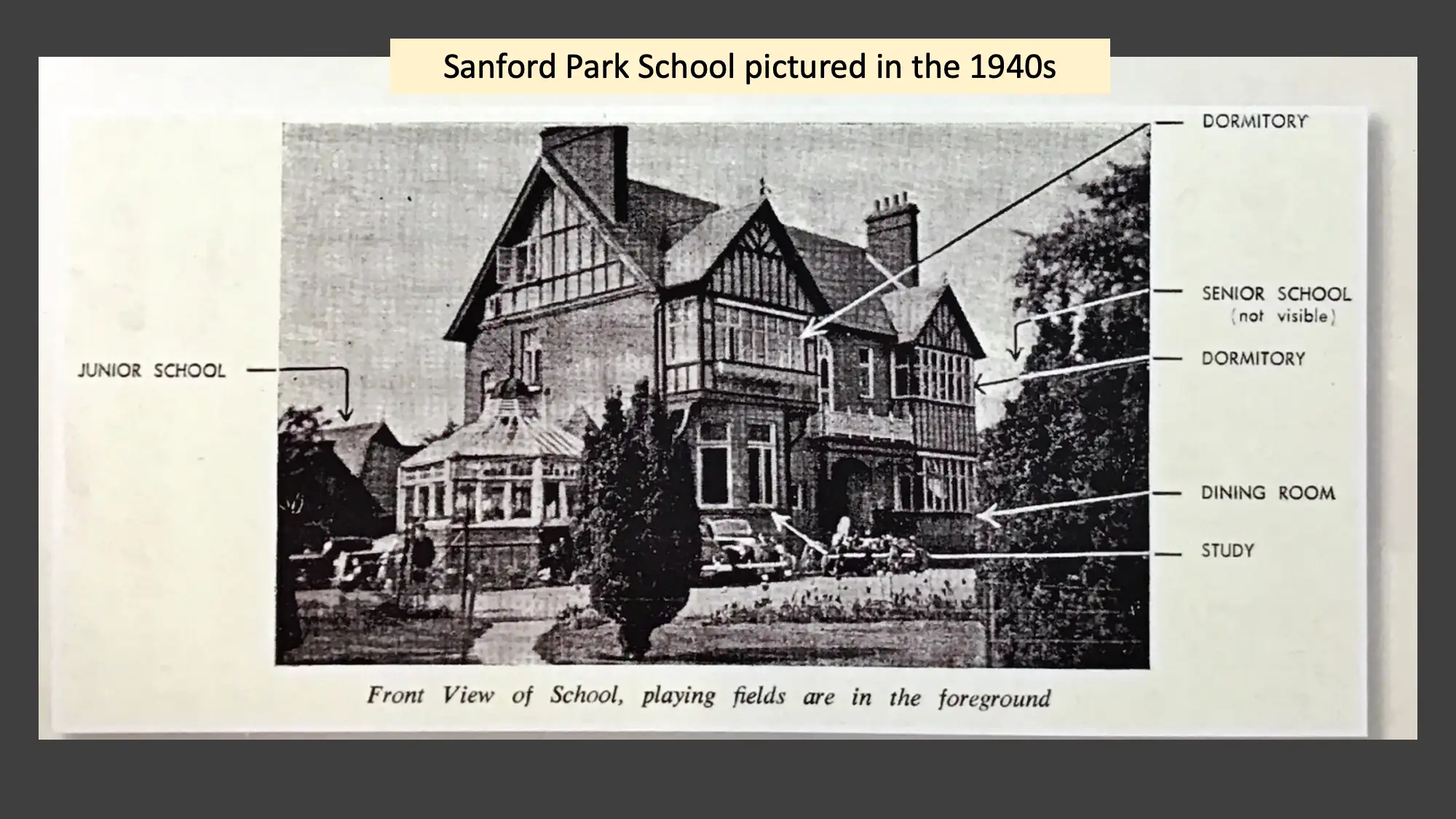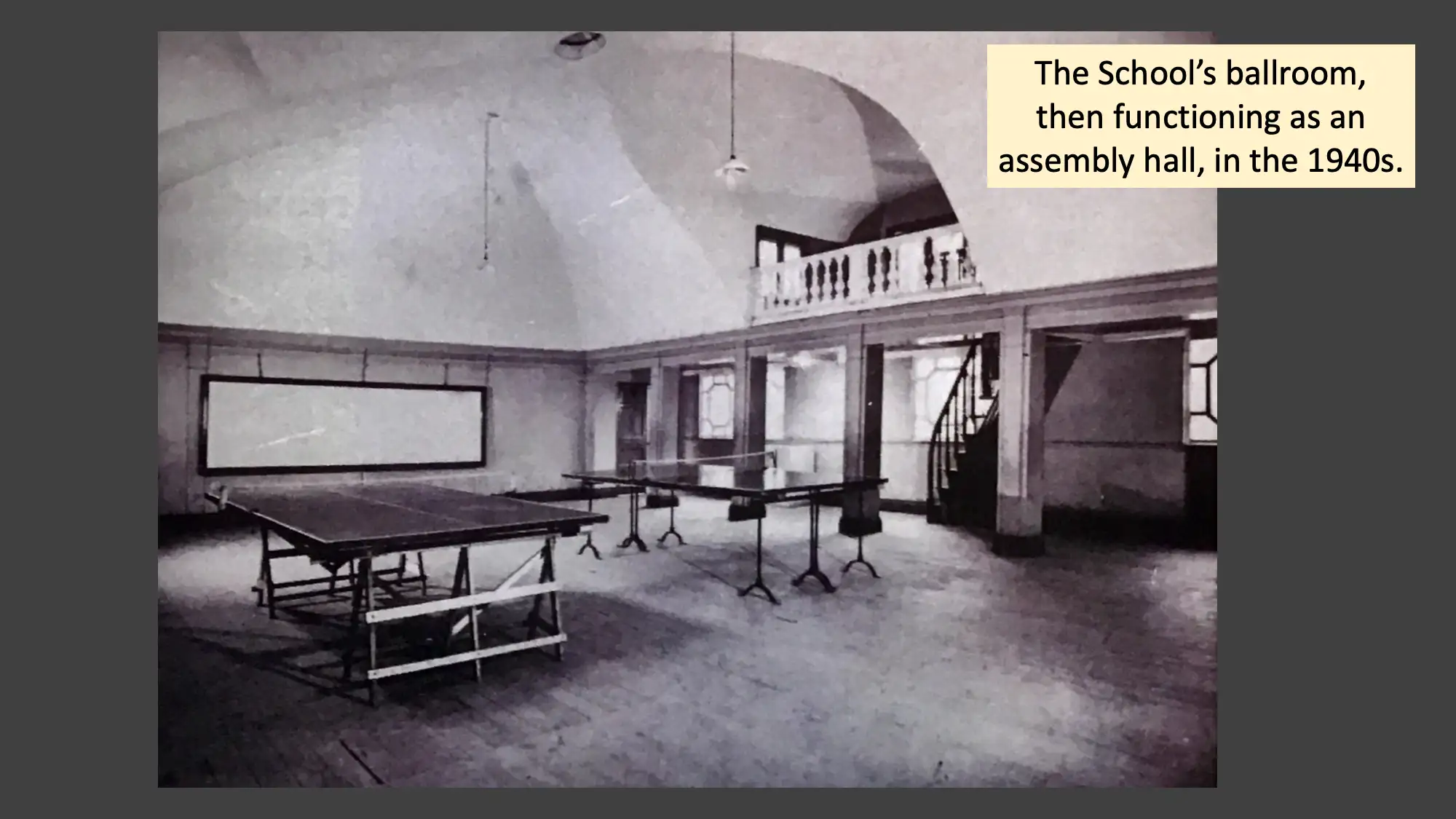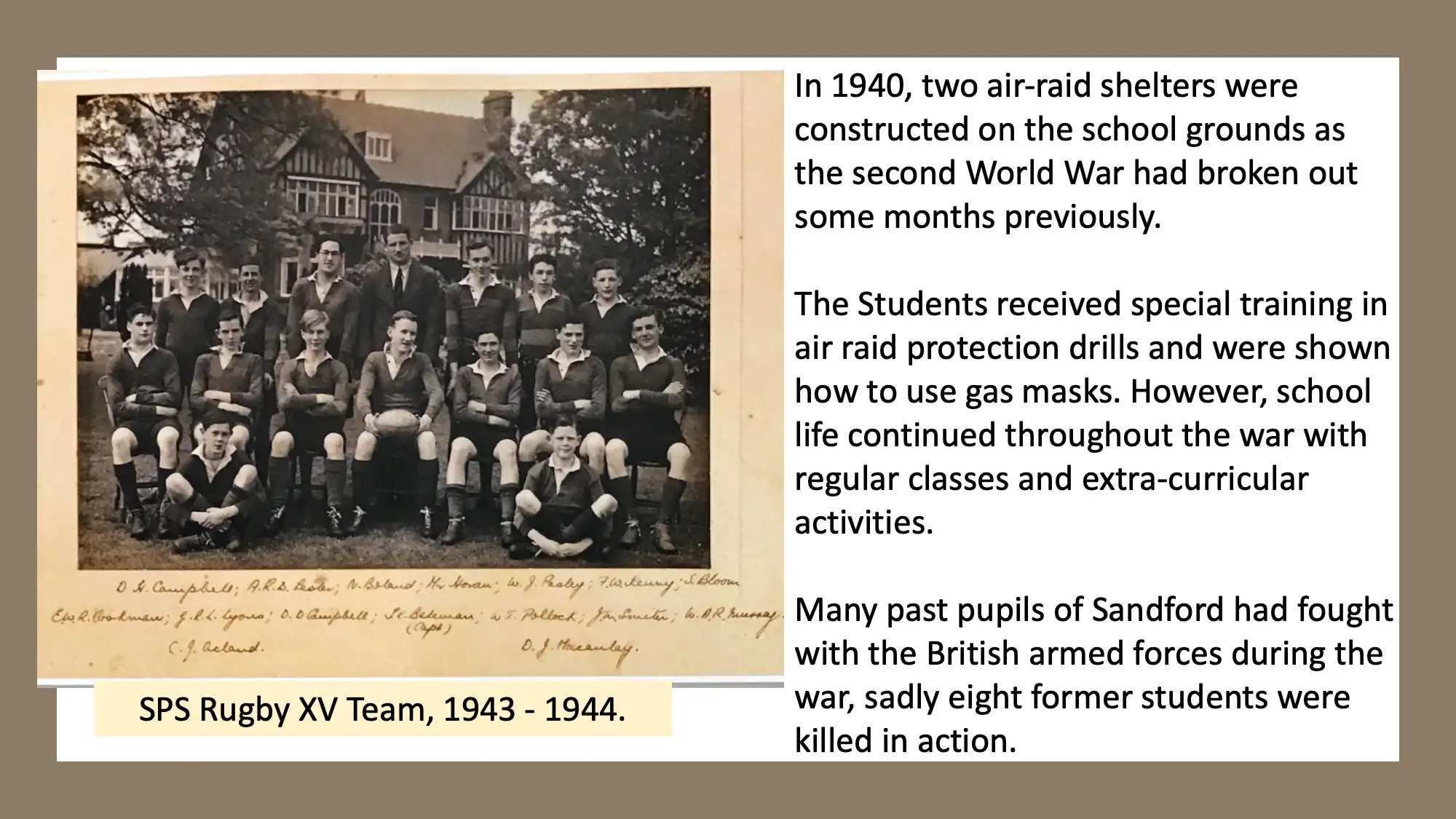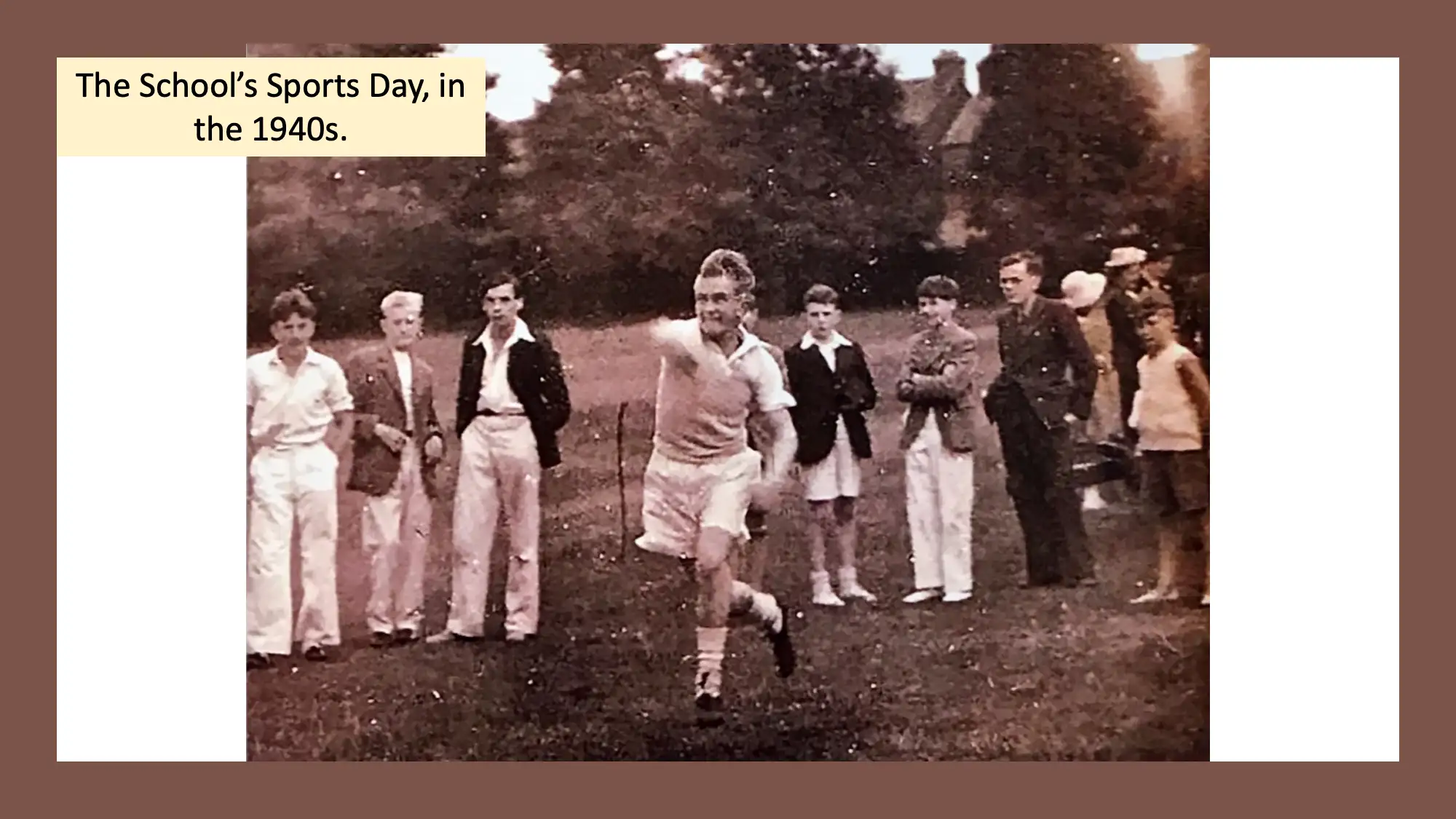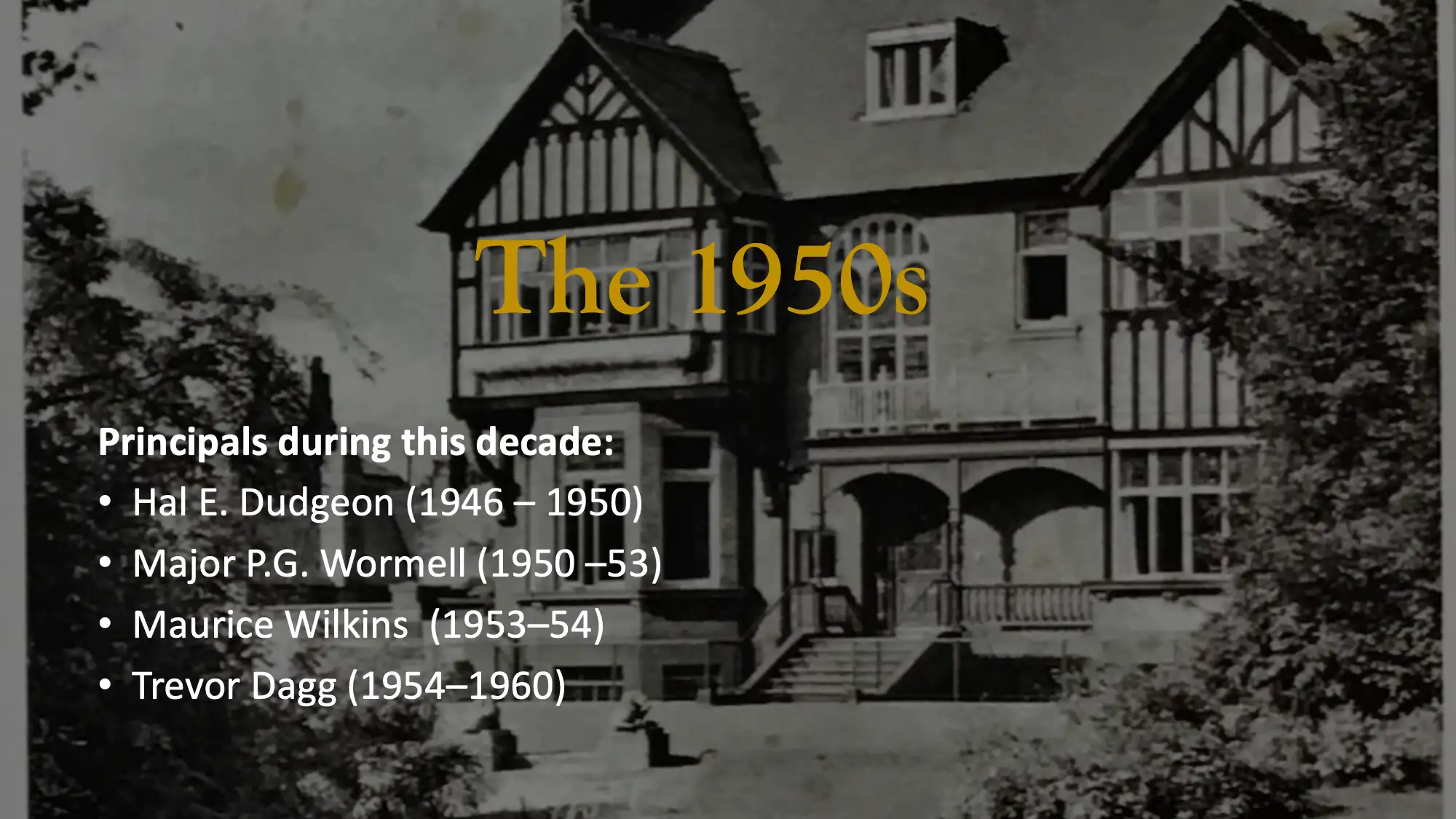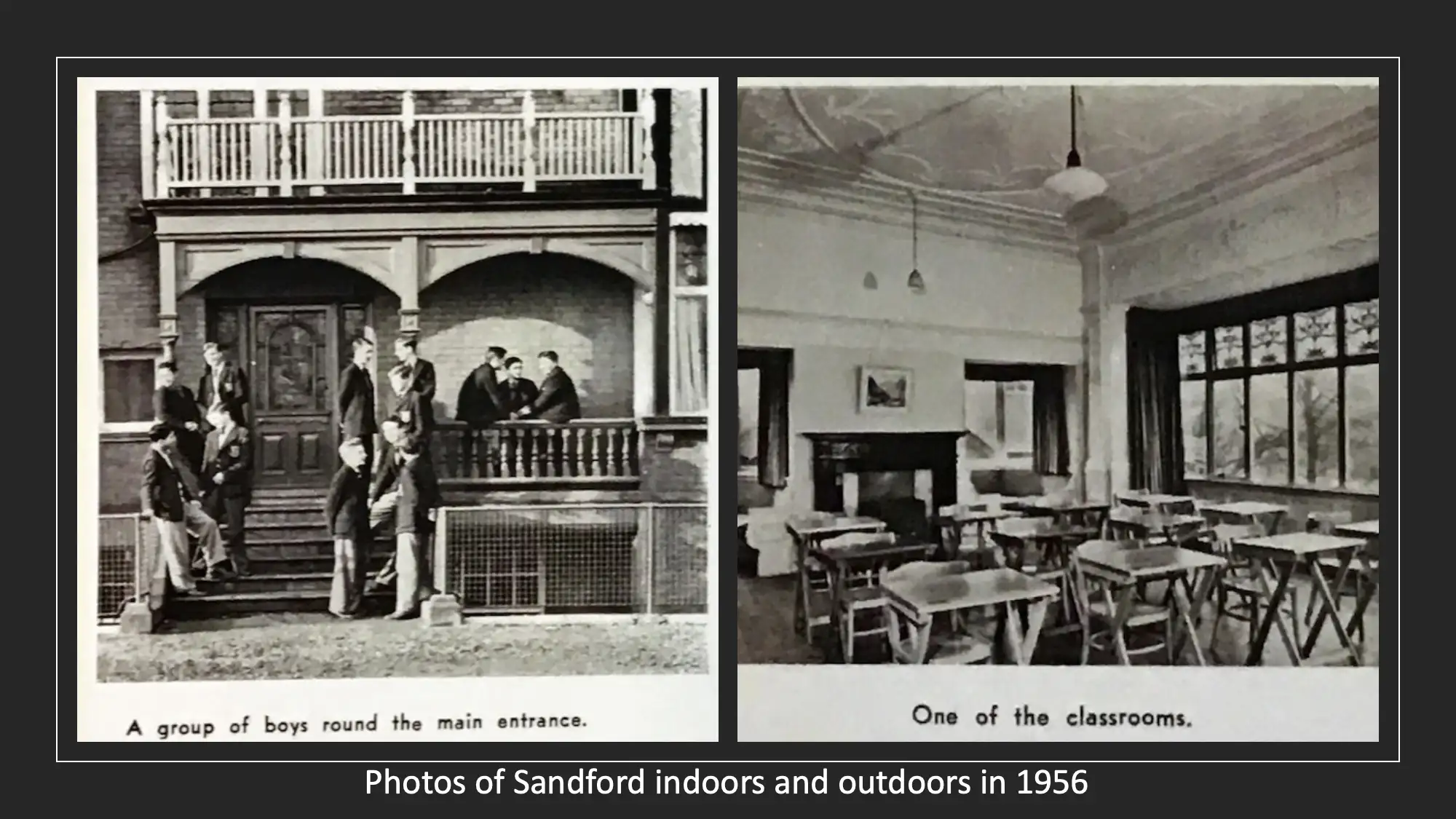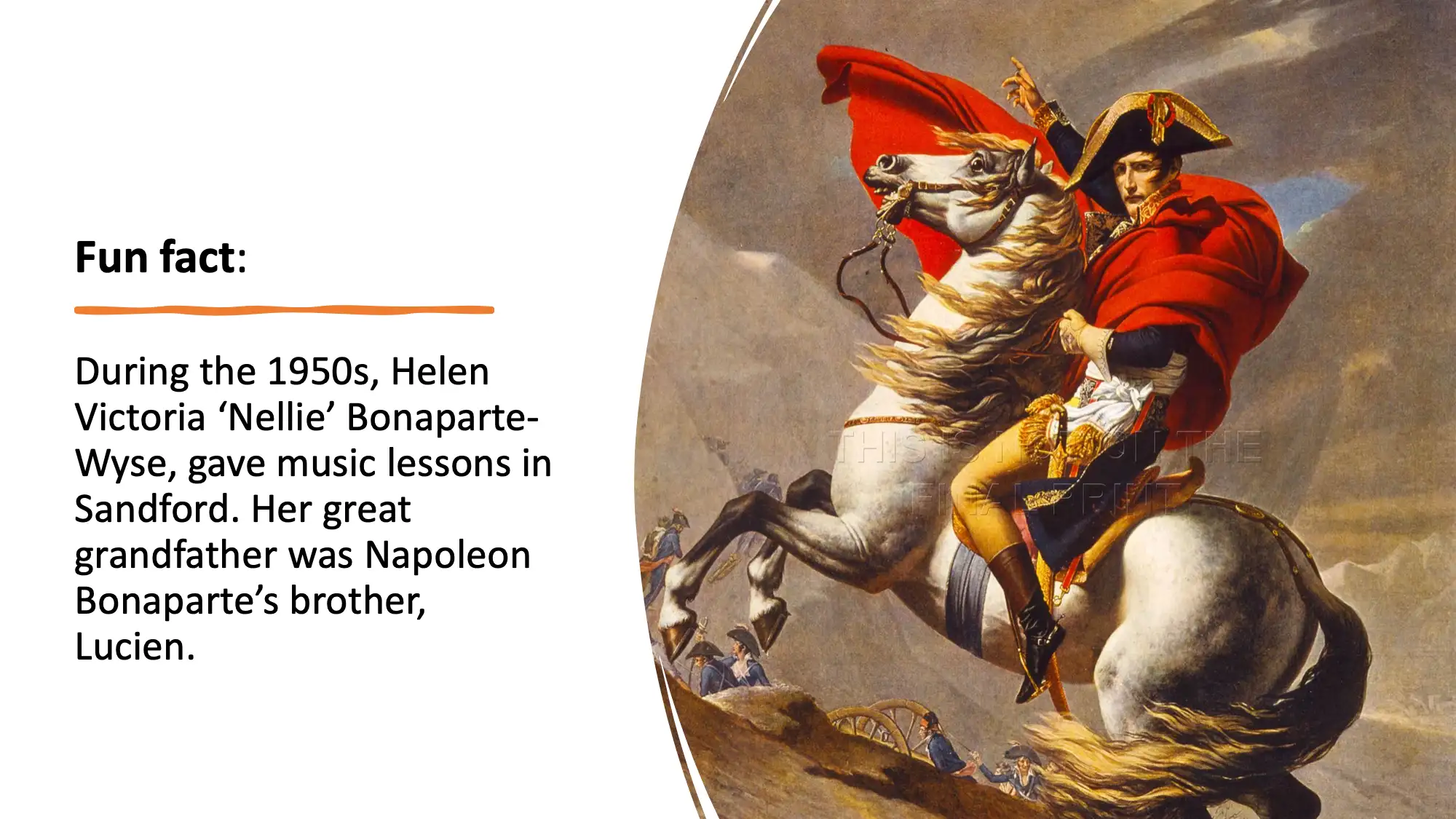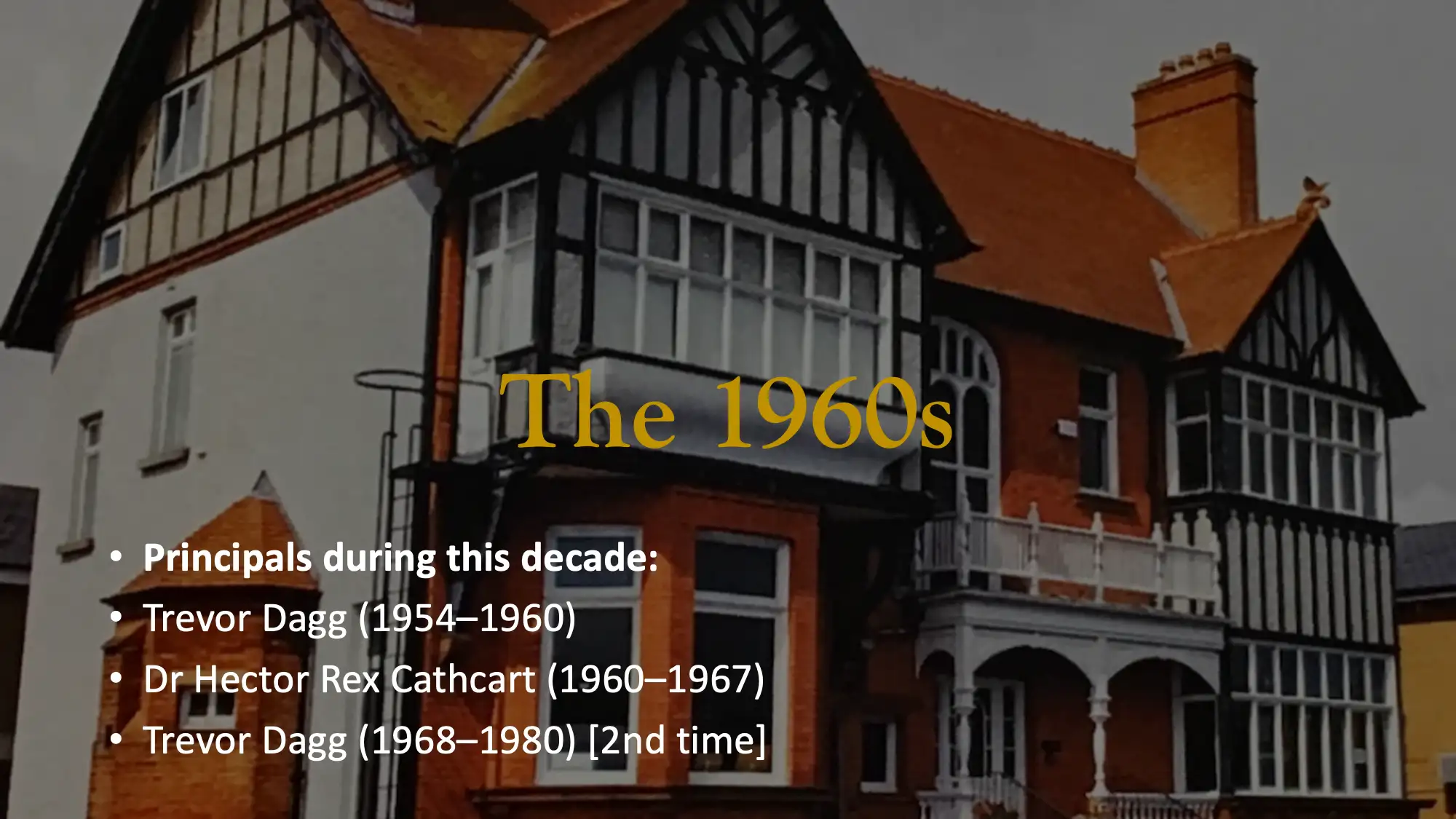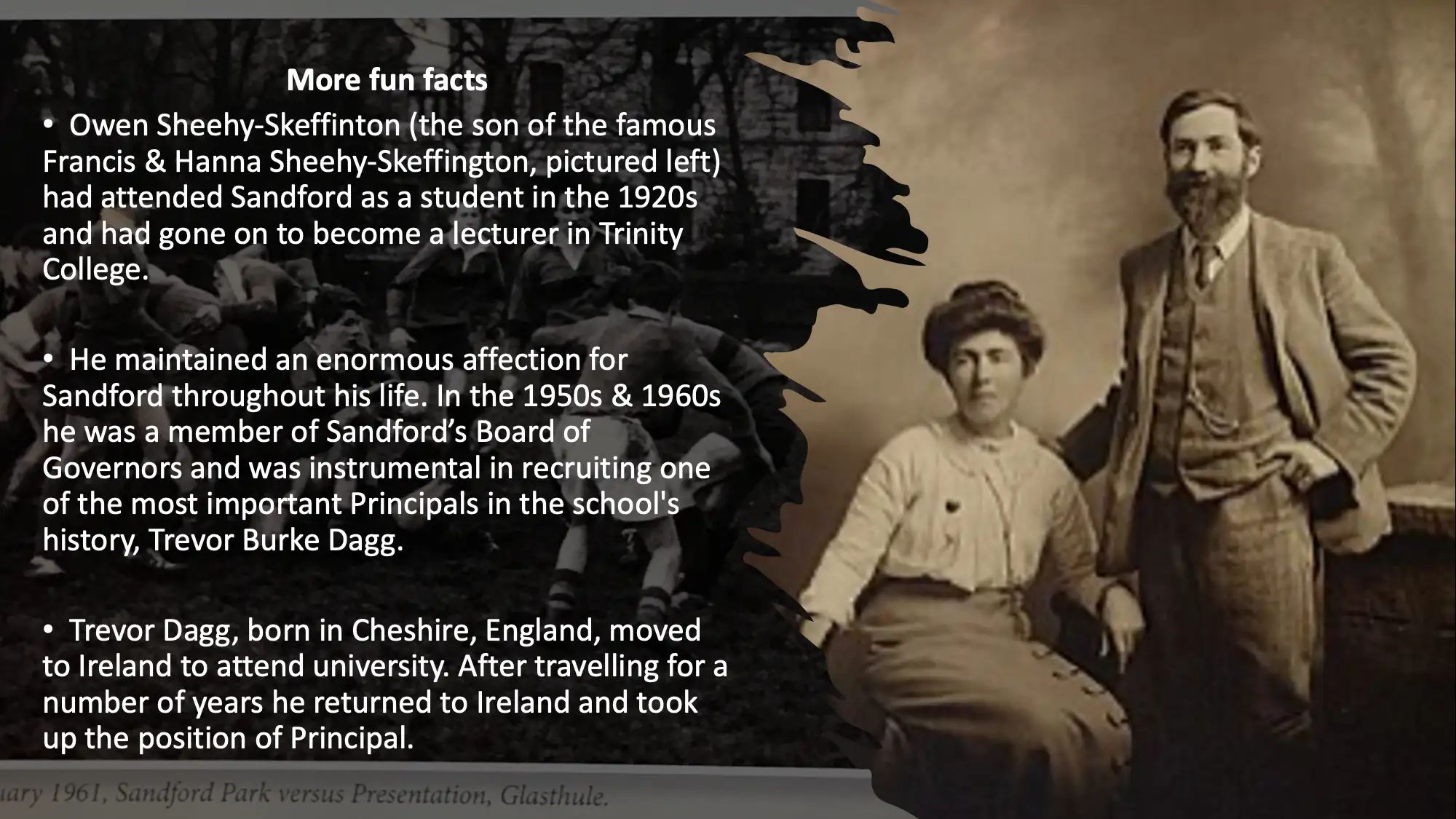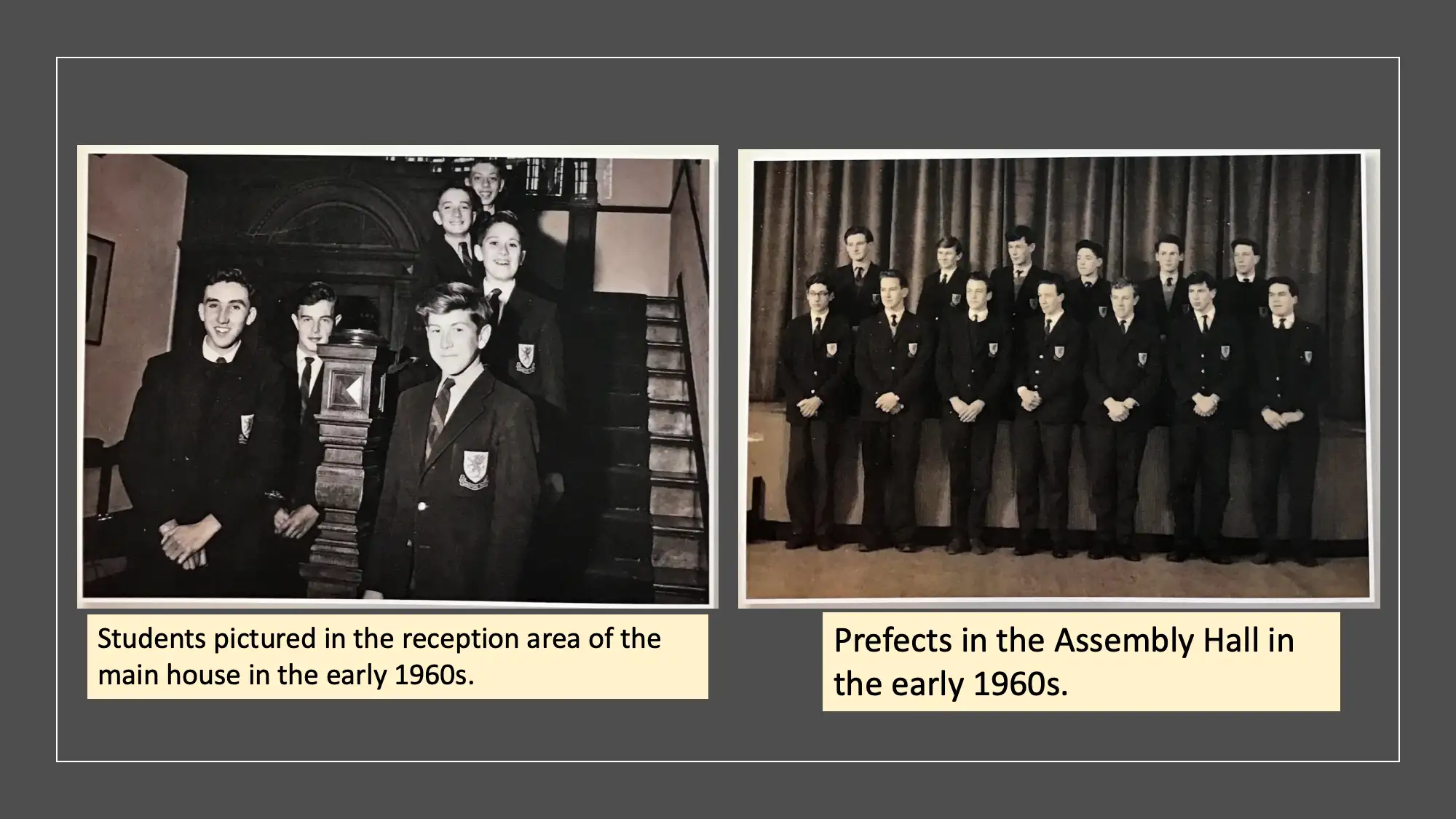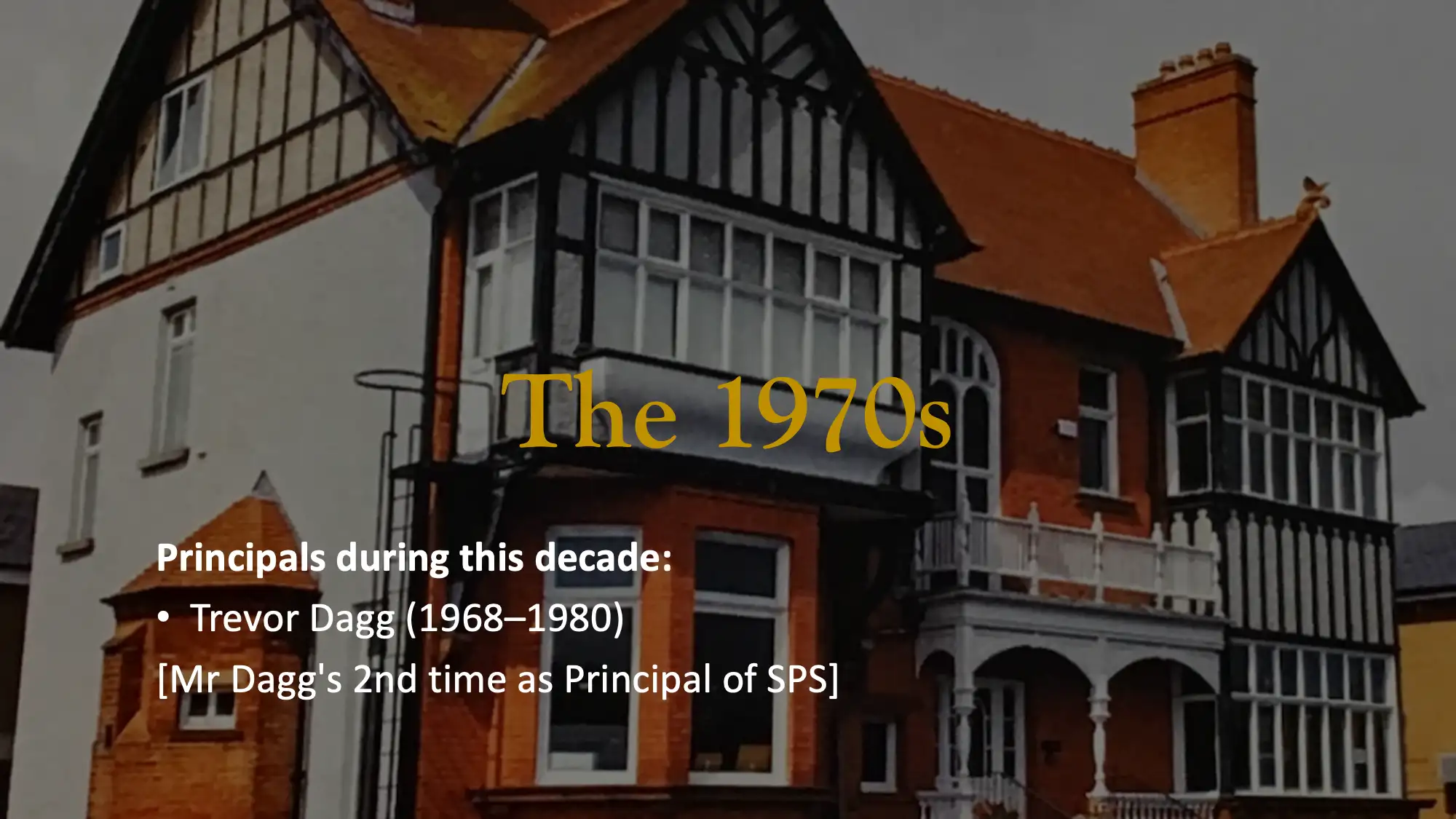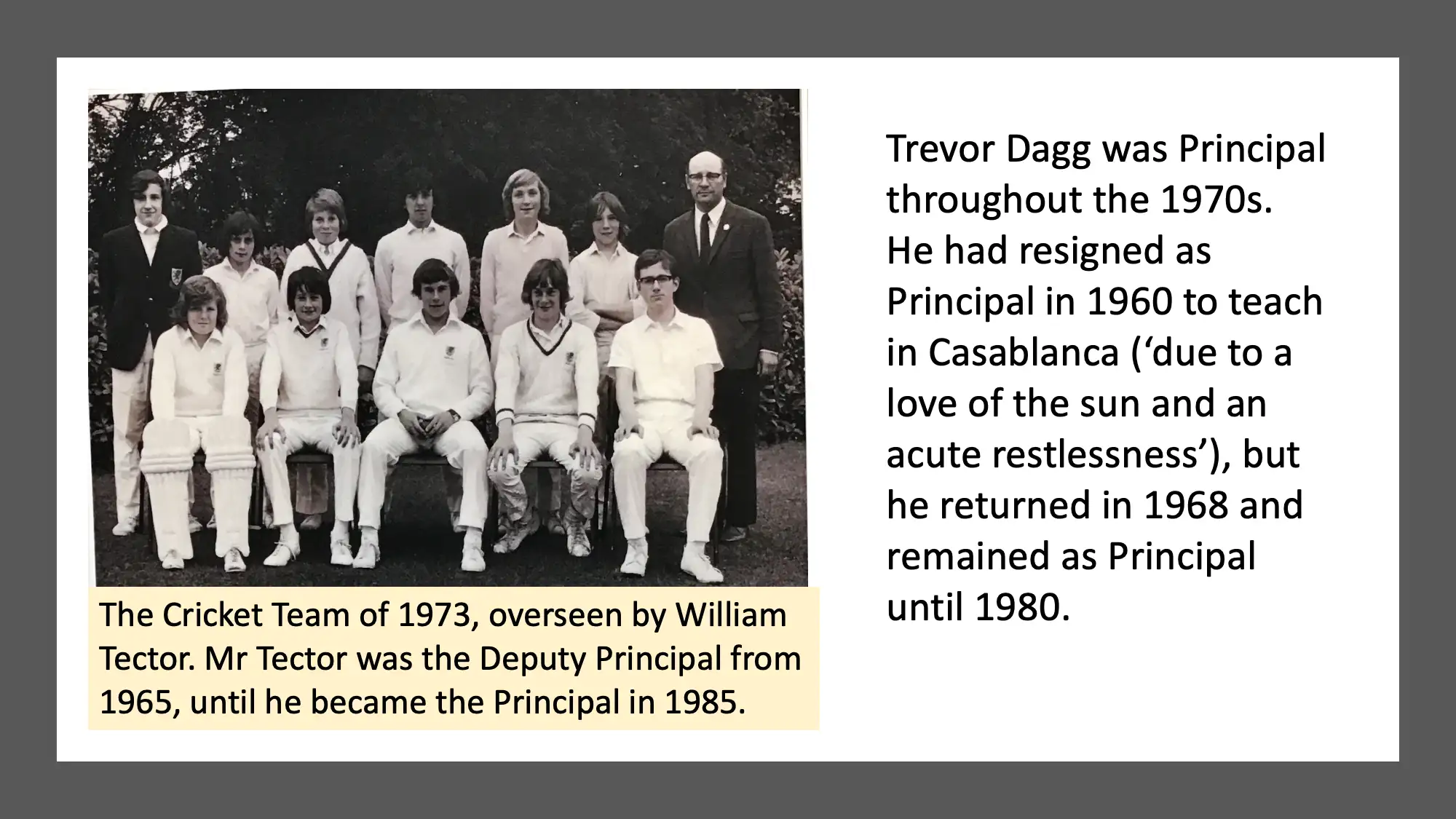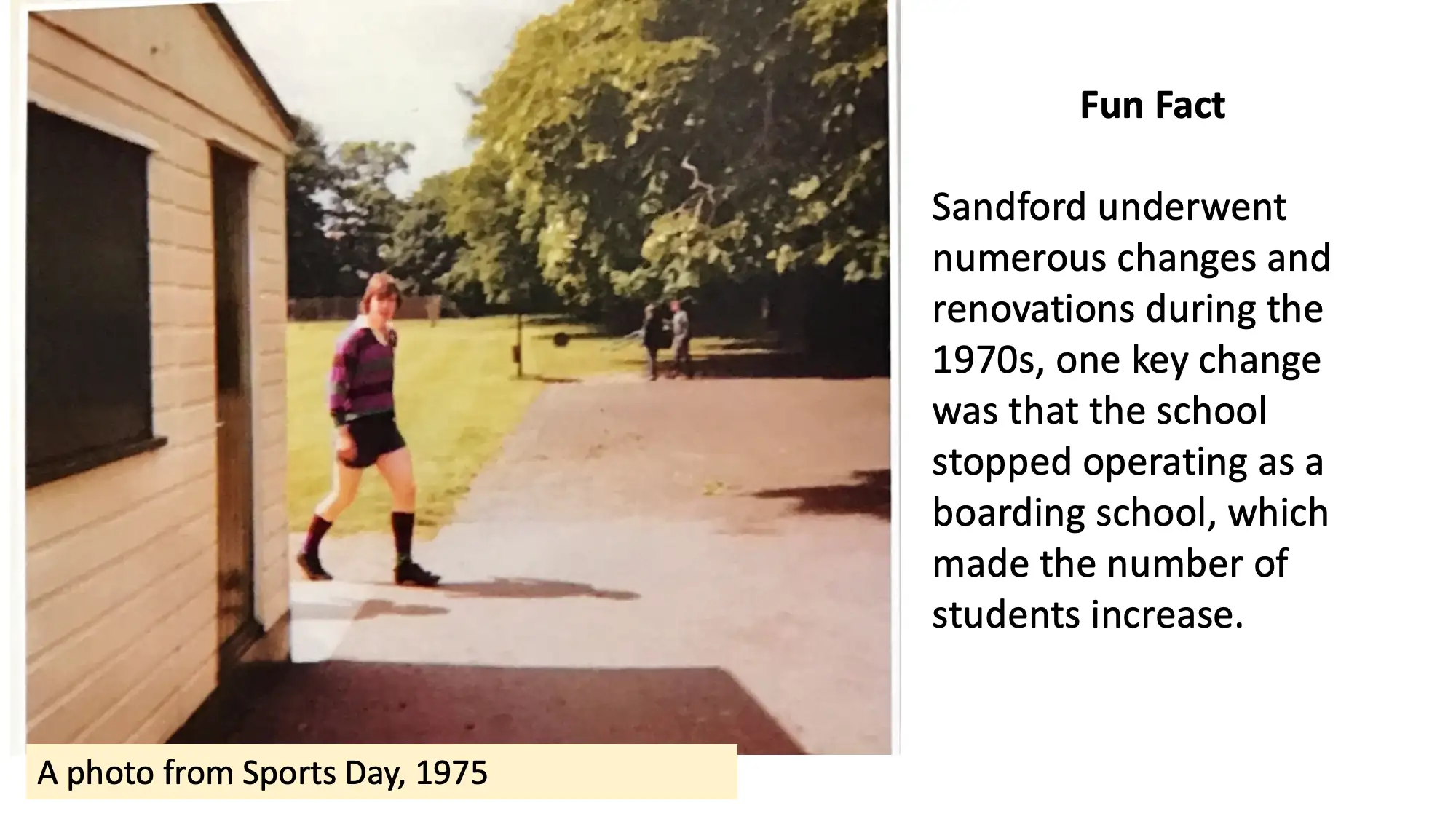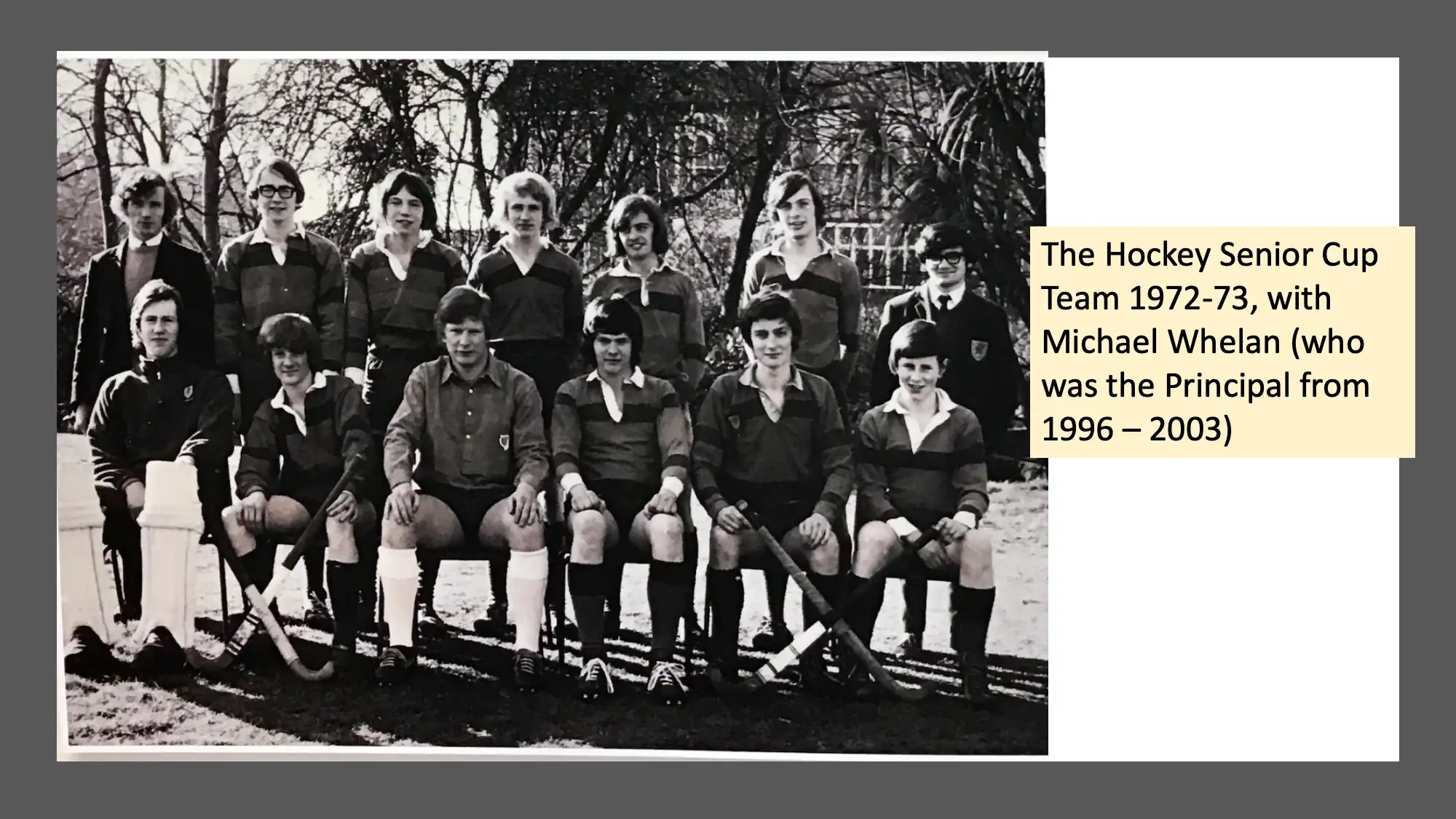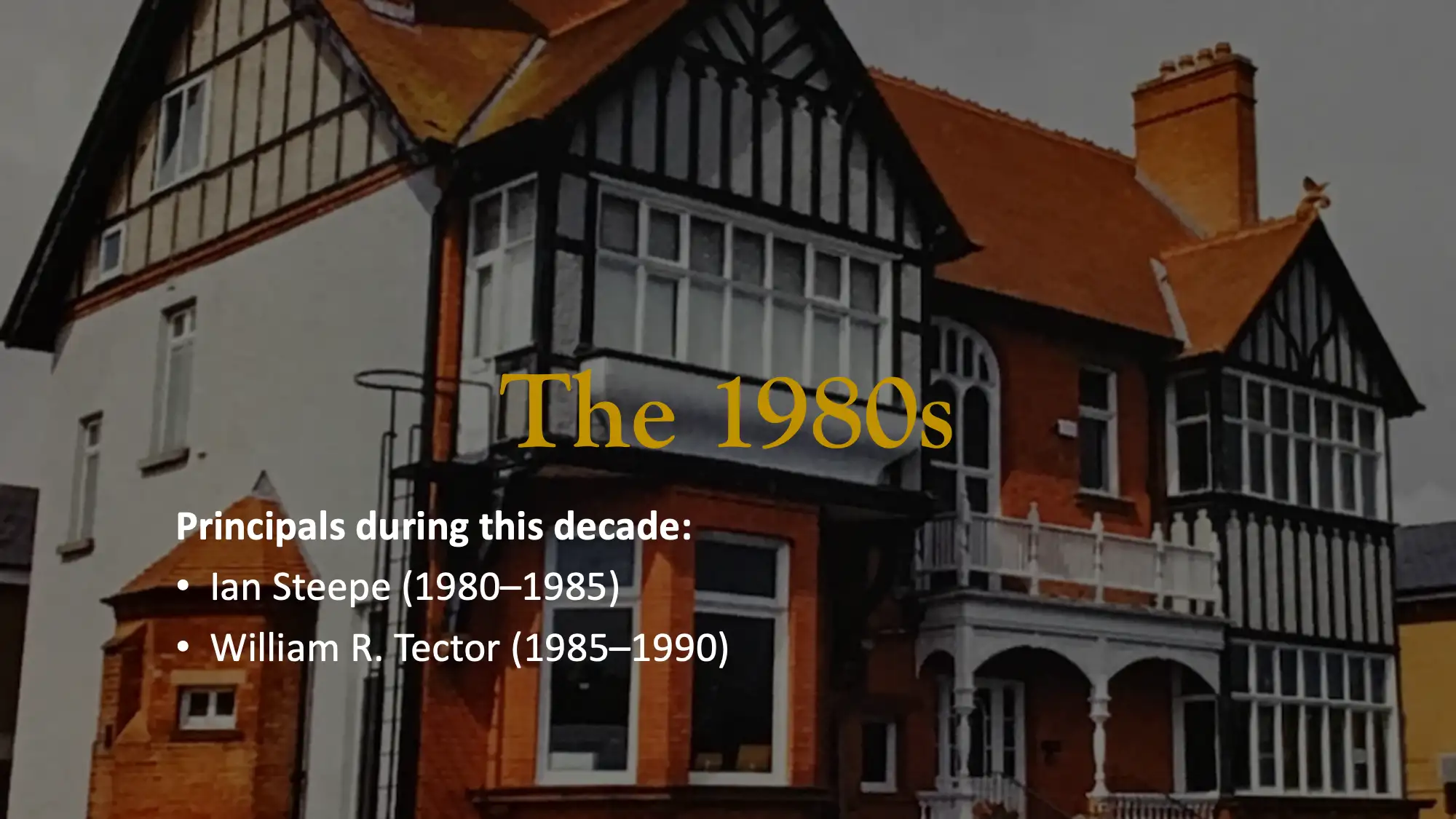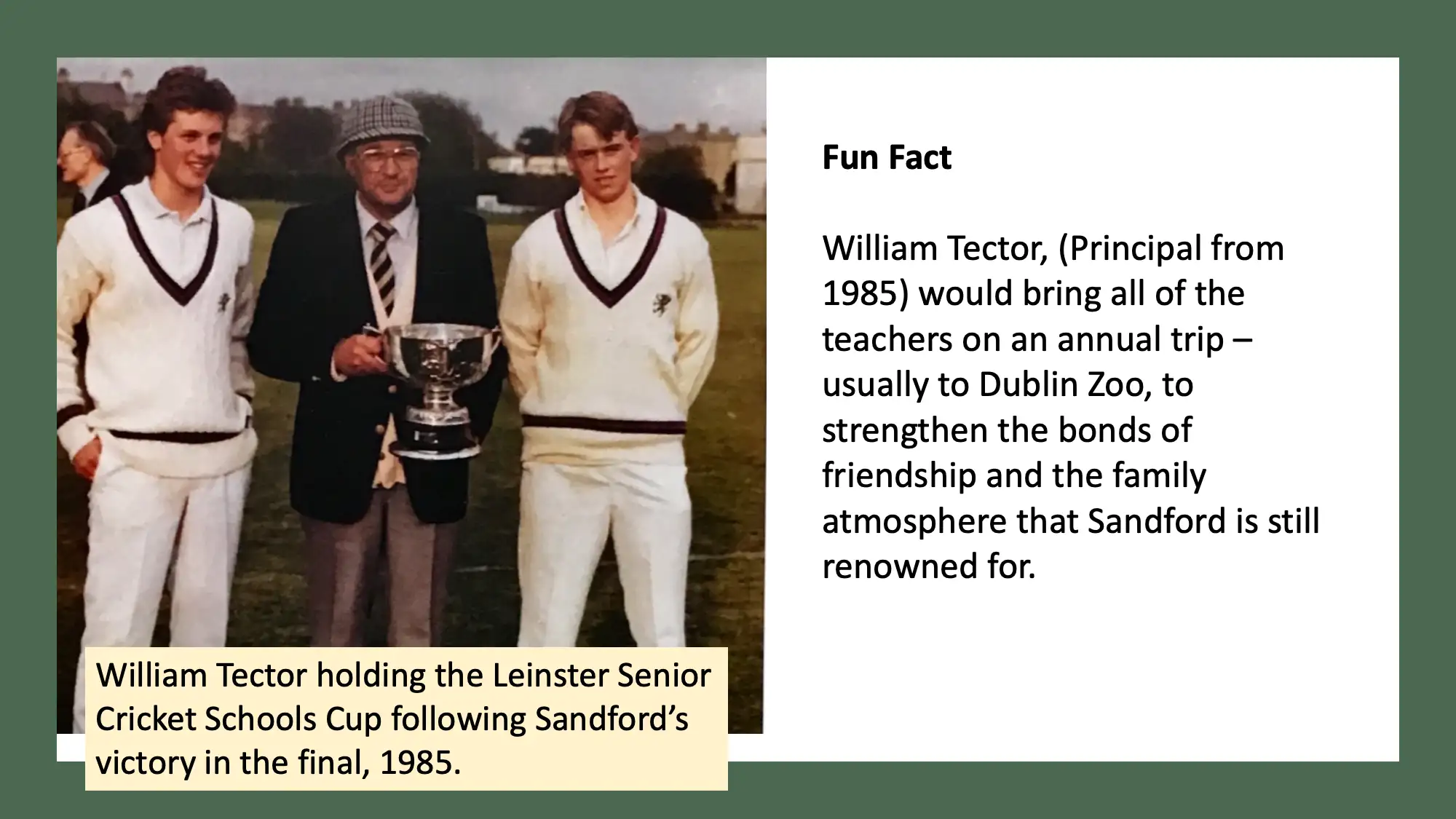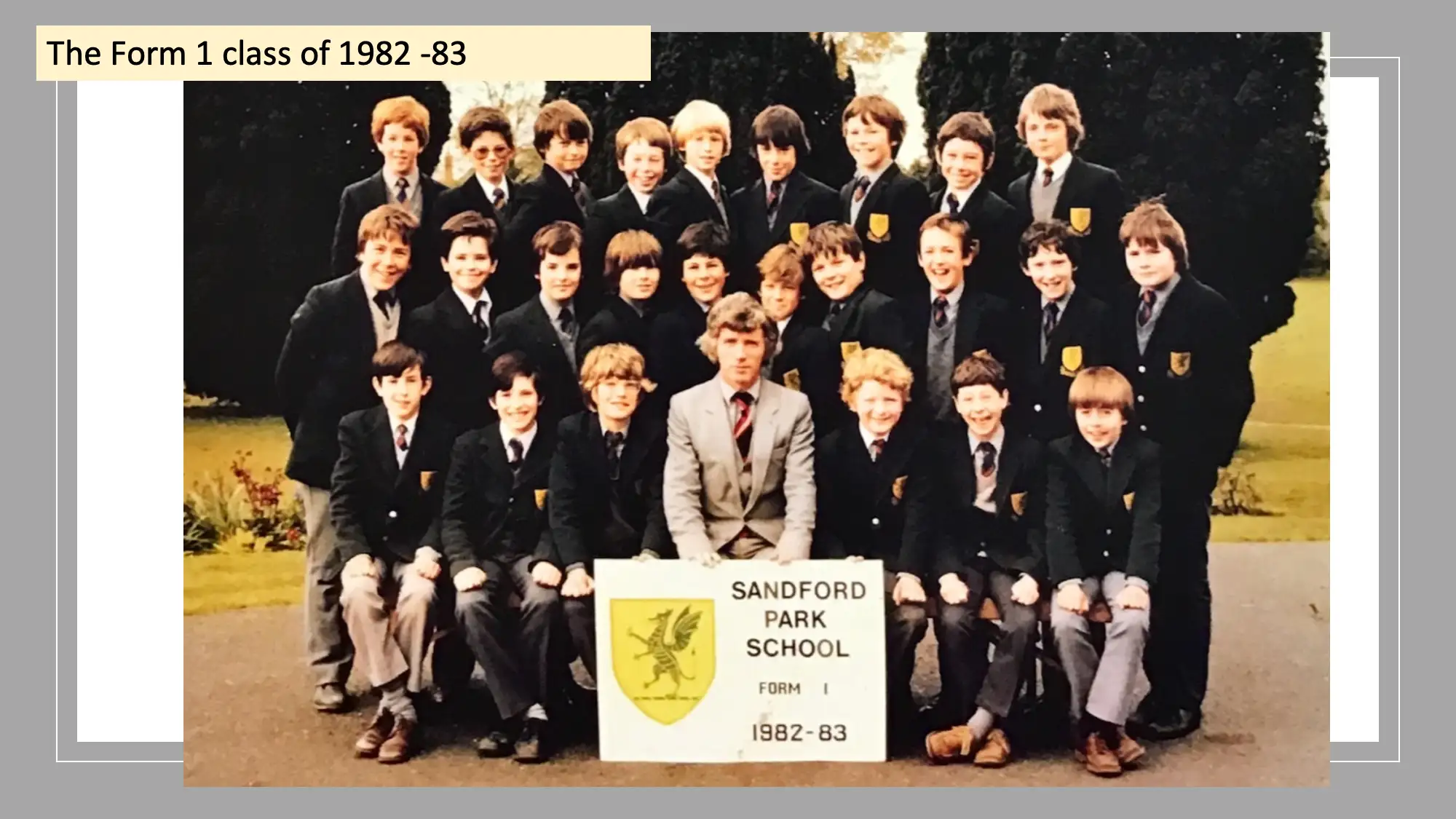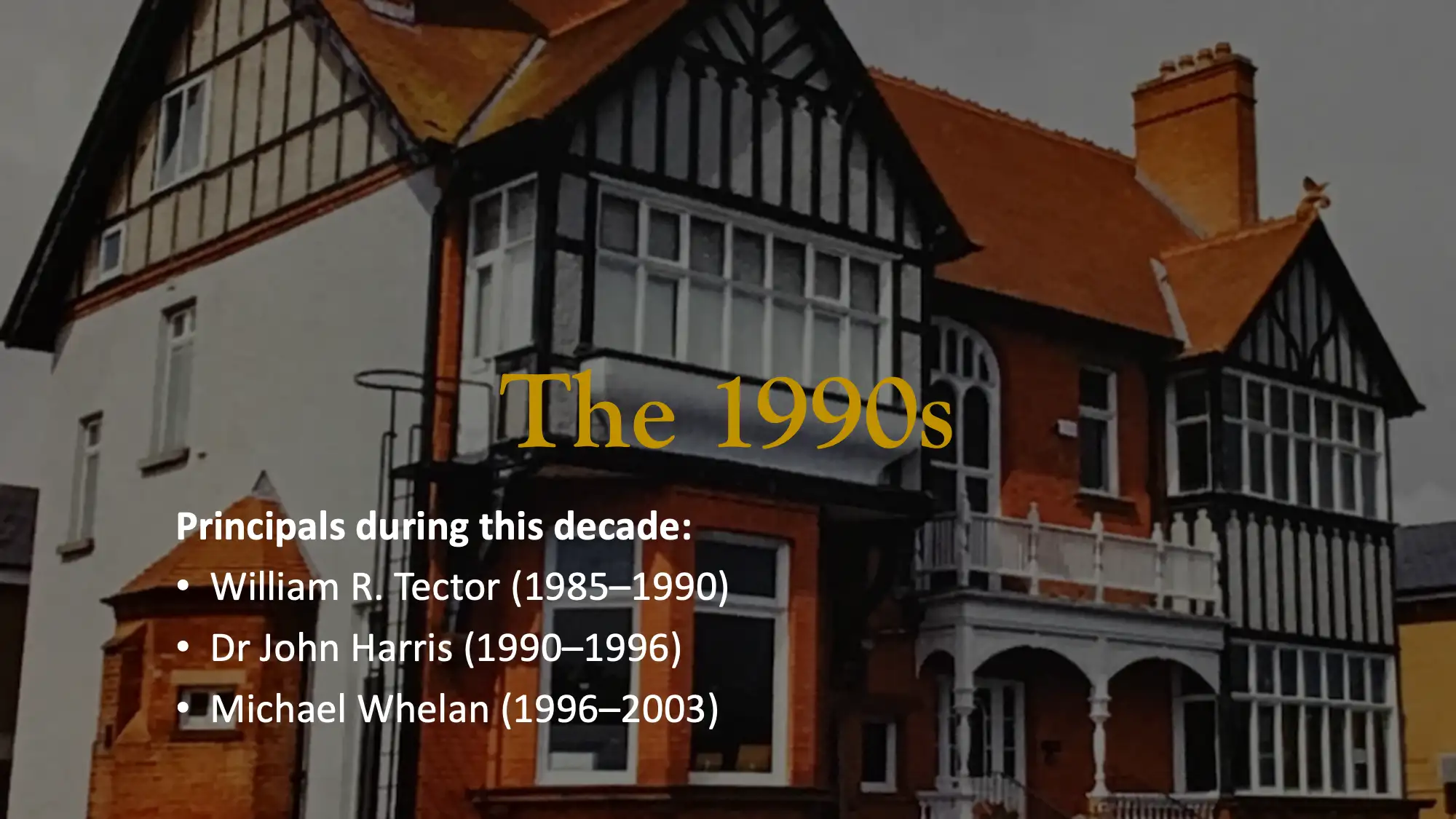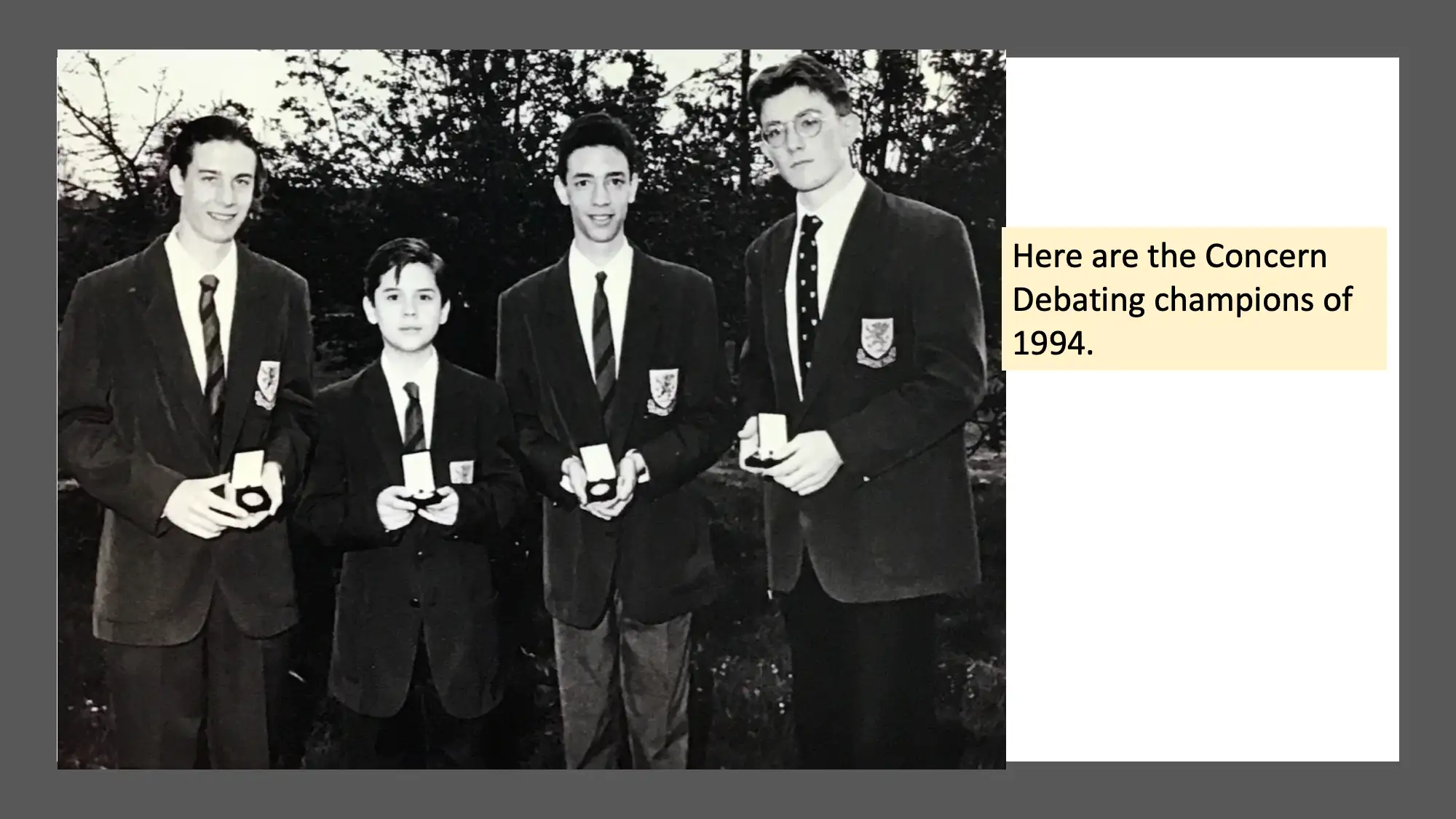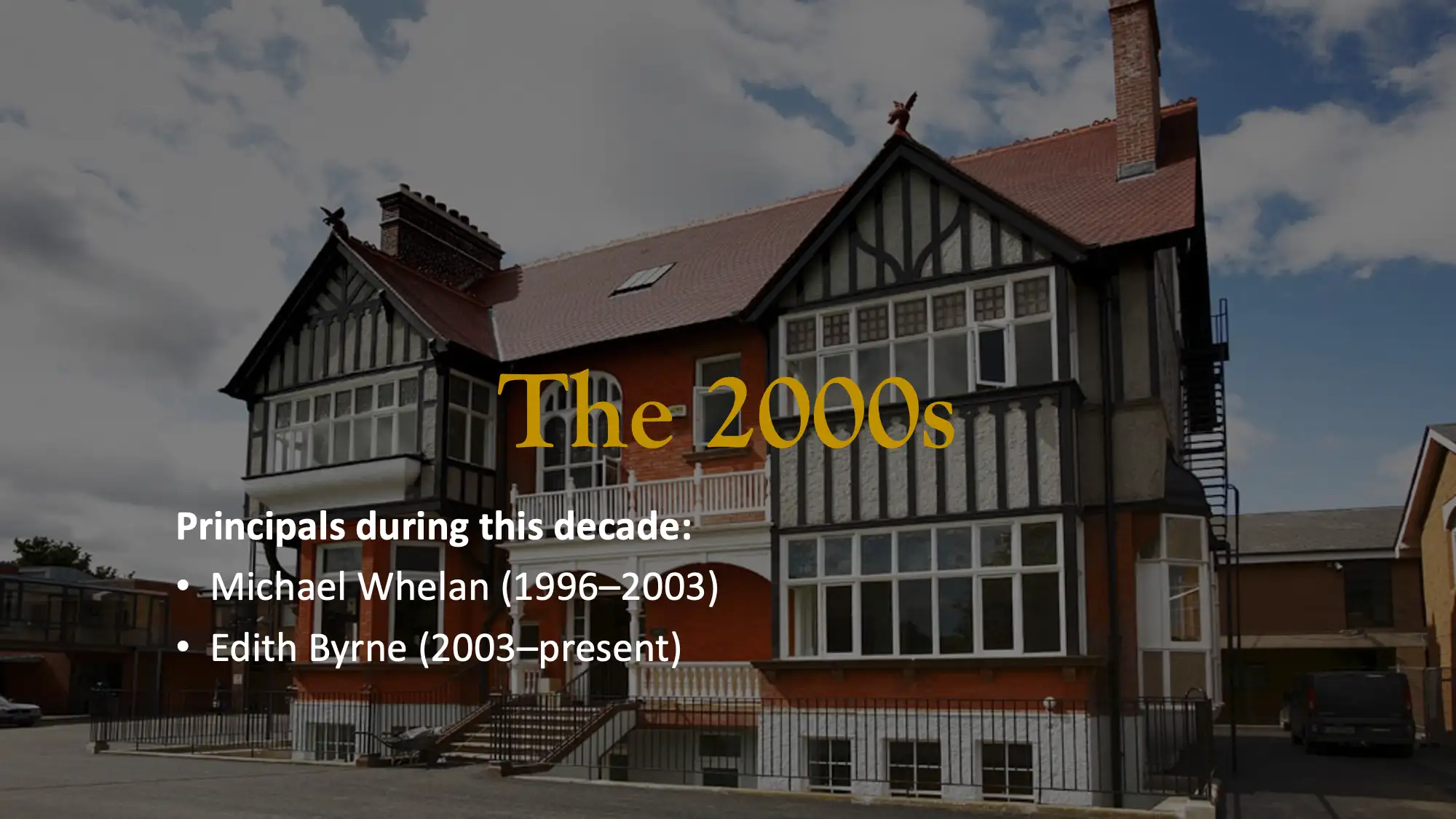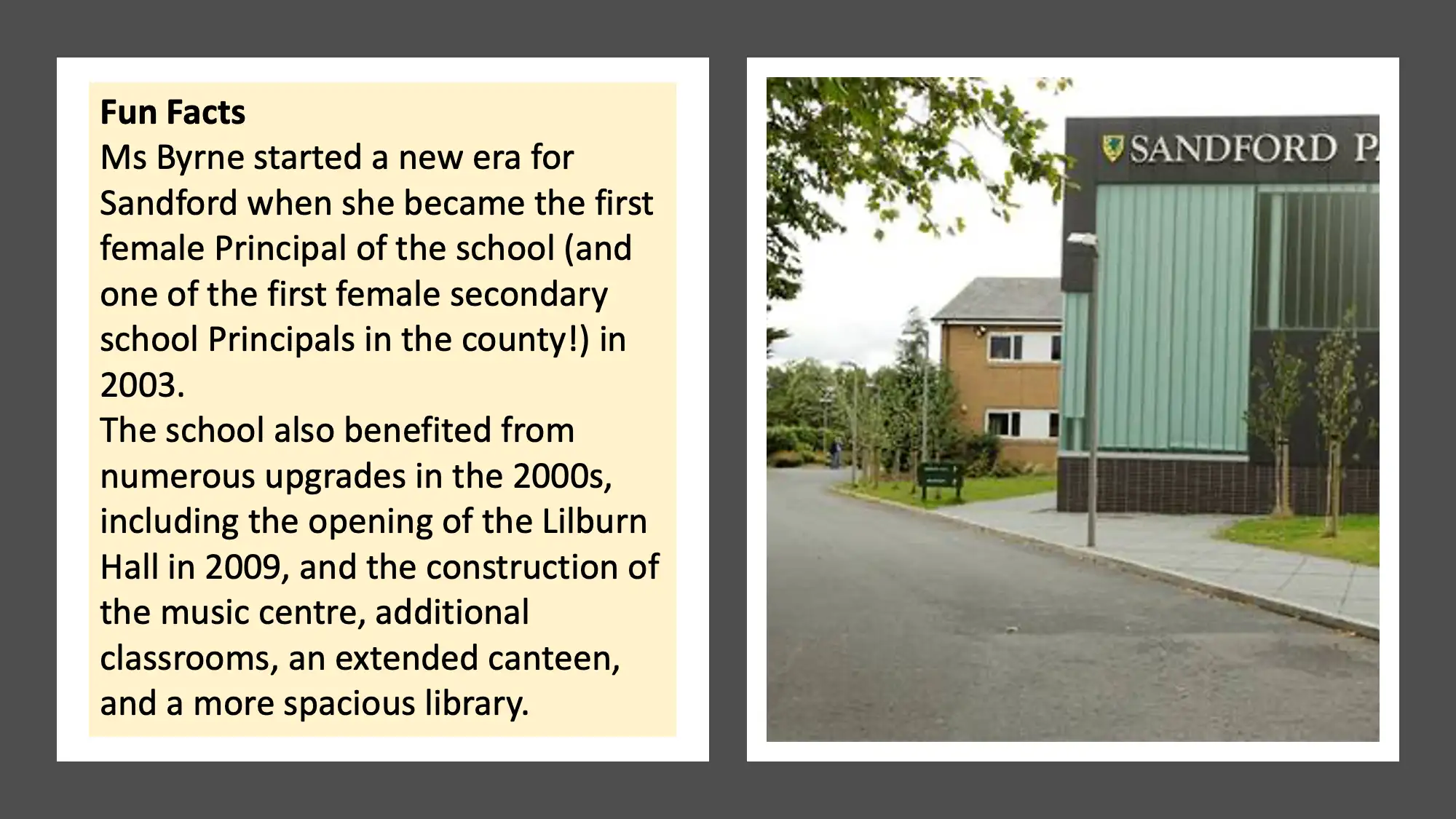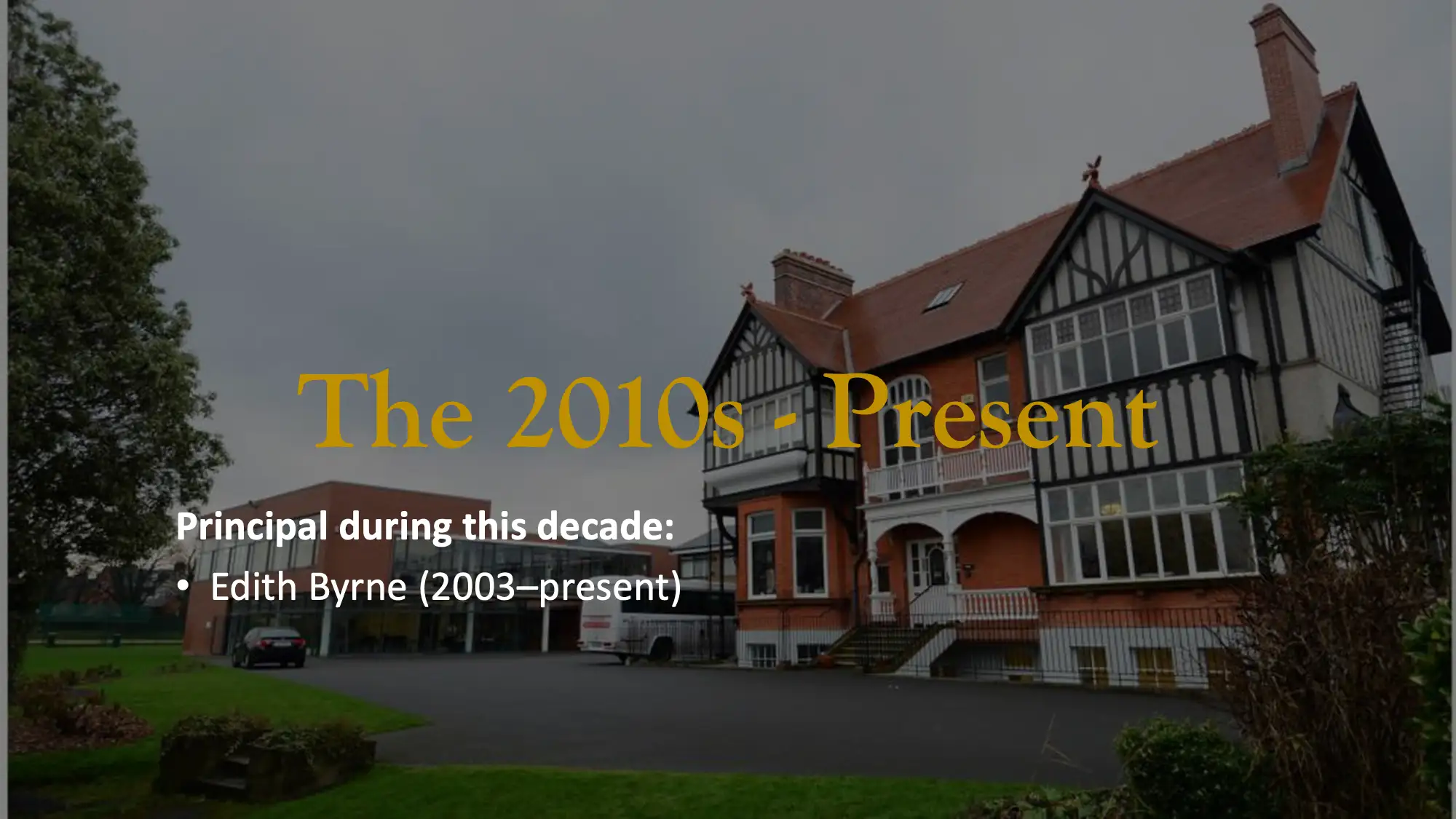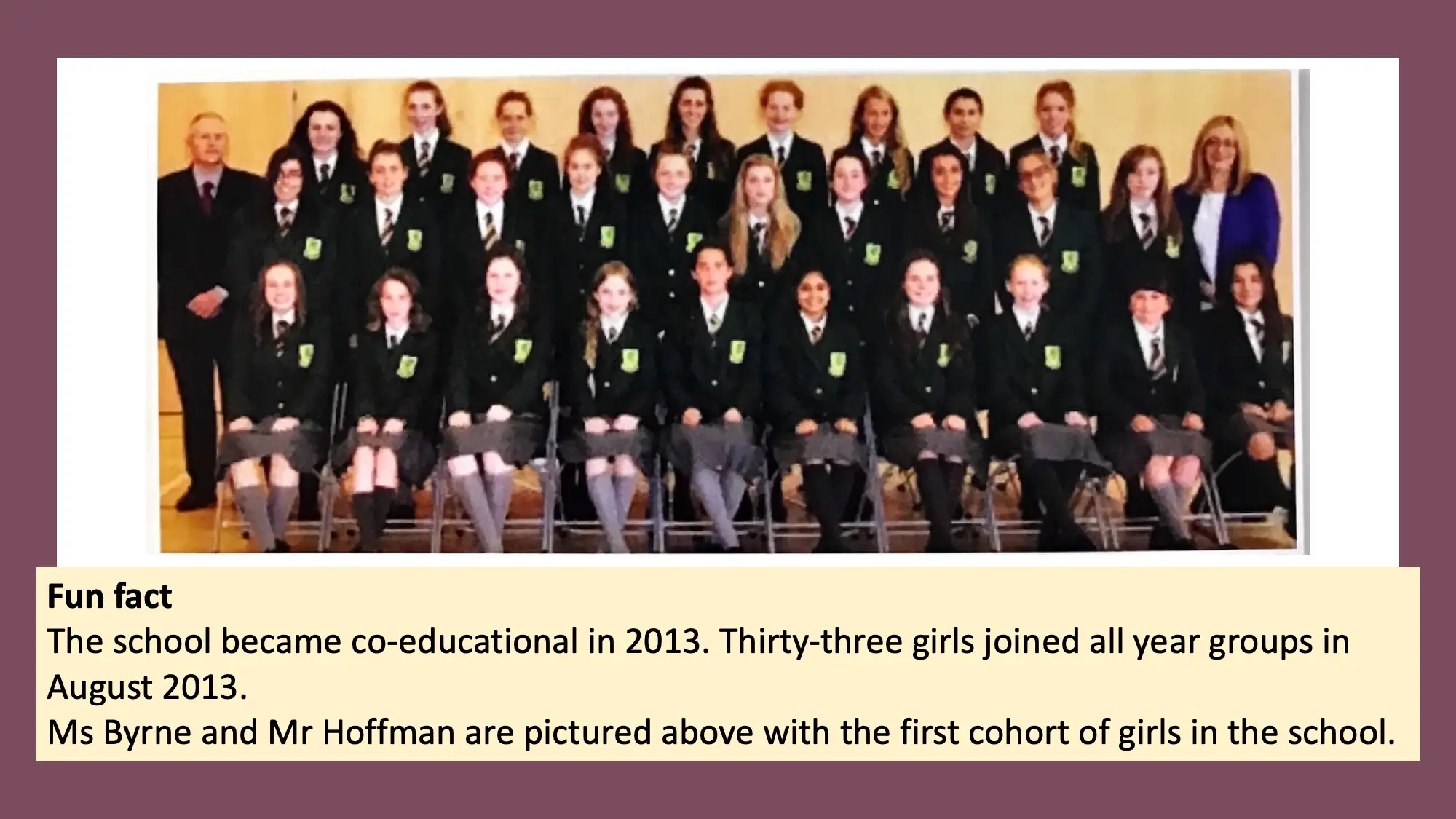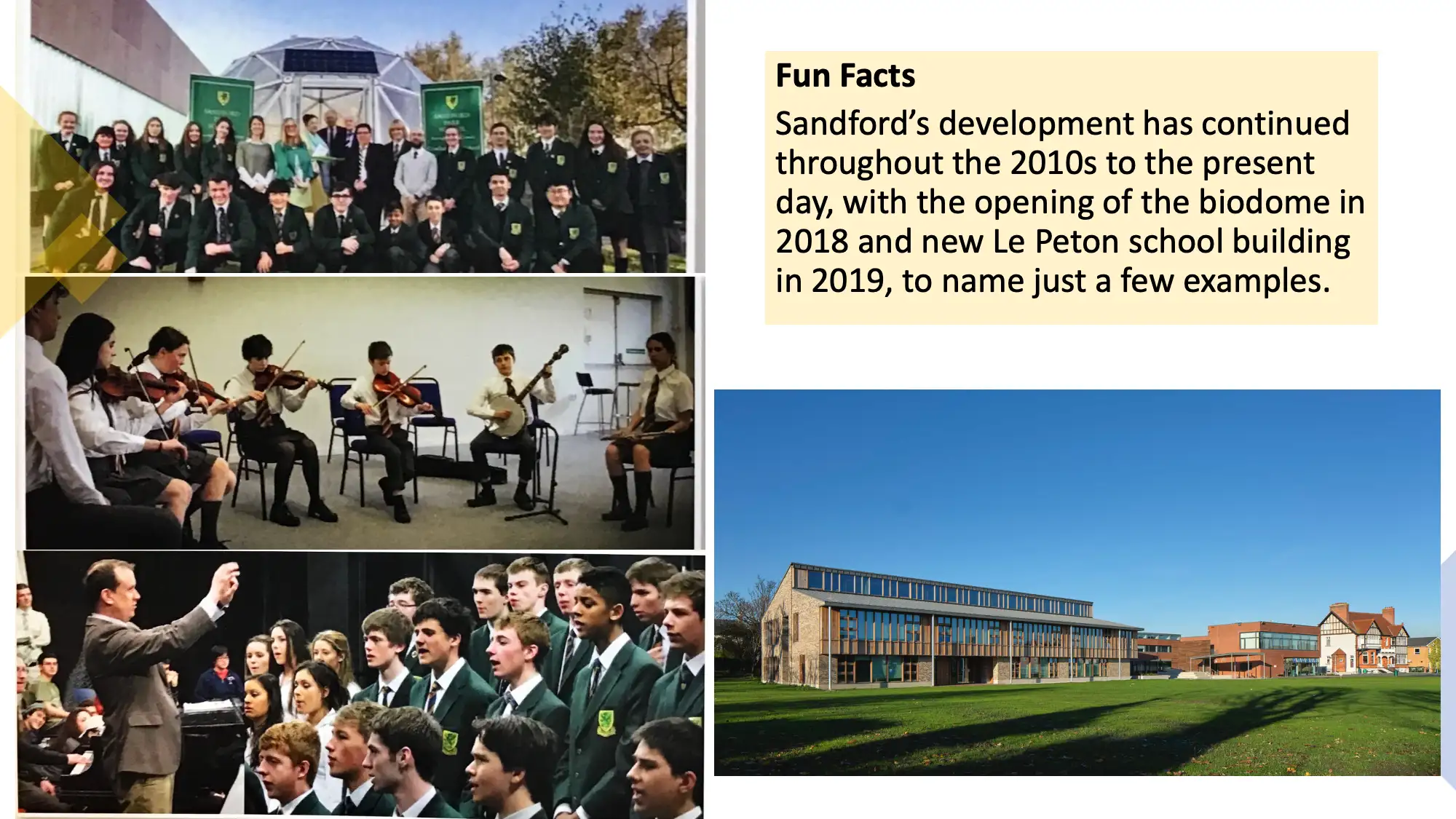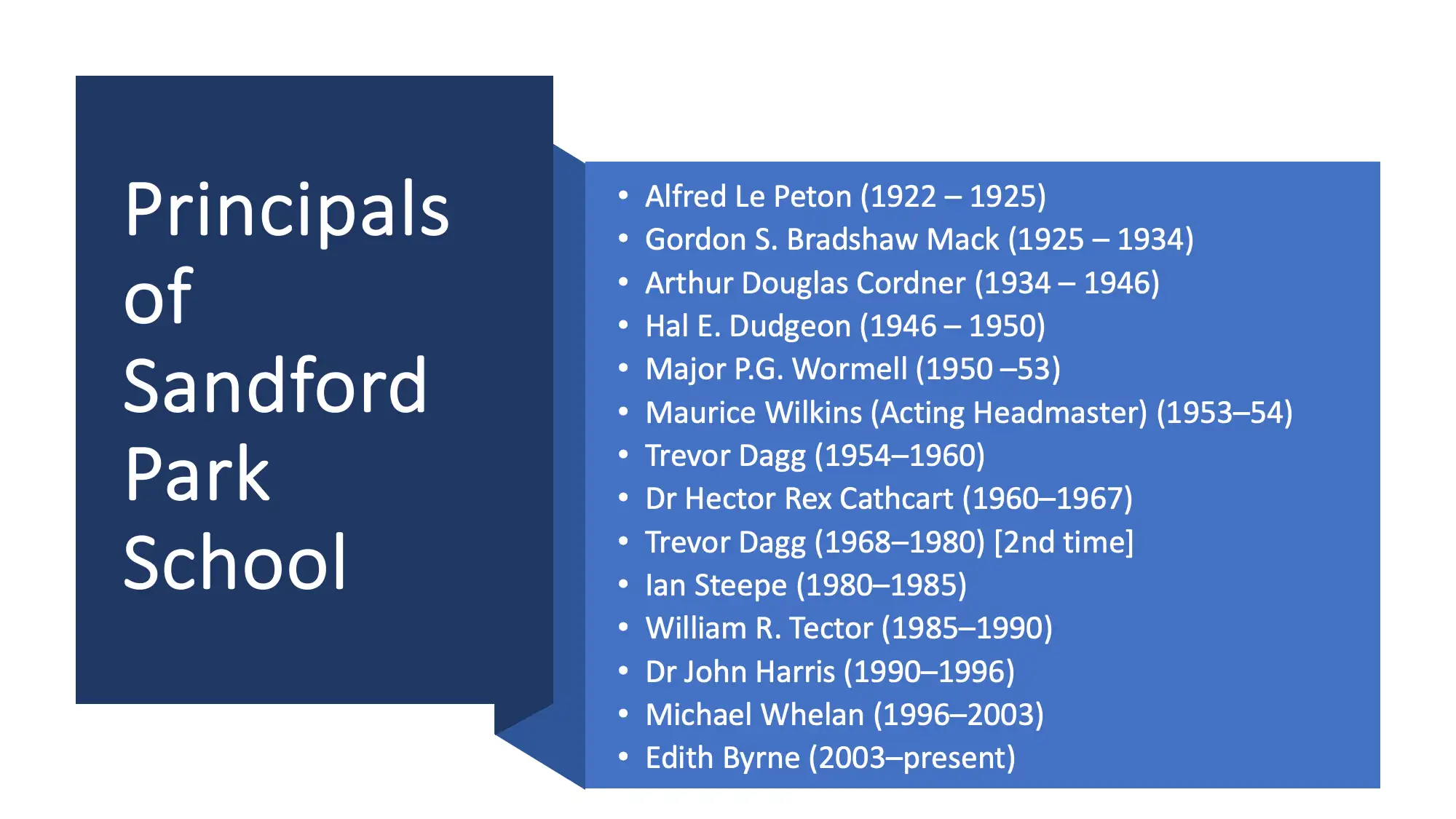History
Sandford Park School opened its doors to its first pupils on the 12th of September, 1922. Alfred Le Peton, its first headmaster, had been the joint headmaster with Ernest Exshaw of Earlsfort House School. The joint headmasters of Earlsfort House had a shared ambition of moving their school from the frenzied atmosphere of a city centre street to the peace of the suburbs.
The substantial property of Sandford Park was on the market in the summer of 1922. Originally built for James Pile in 1894, Sandford Park offered an ideal setting for a school.
On 8 acres of mature wooded grounds with an ornamental pond and island, sunken tennis court, a mews yard, ballroom complete with a minstrel’s gallery and a distinctive house on which great care had been lavished in providing panelled rooms, and ornate ceilings. It was a far cry from the terraced, houses of Earlsfort House School. There were fifty-three boys on the roll in September 1922.
Le Peton also attracted the services of a gifted and enthusiastic group of teachers, two of whom would succeed him as headmaster of the school and thus established a continuity of tradition and style more usually associated with schools managed by religious orders. Le Peton departed the scene in 1925. His departure was due to illness and strain. Although his time at the school in its new setting was short, he left an indelible mark on the future development of the school. He created the sense of family, which became a hallmark of the Sandford experience. He had no formal qualifications for his role, but he brought to it a passion and commitment that inspired those who worked with him. More than anything else, he had a genuine interest in the education of the young.
He believed that education had to embrace the whole person and his regime at the school allowed for the experiences, which would foster this ideal. In the few documents which contain his writings there is a recognition that the young will benefit only by a growing awareness that they must take responsibility for their own lives; and that the role of the educator was to provide the opportunities and the motivation to bring about this desired end.
If he believed in independence of spirit and individualism he also believed strongly in a sense of community, often expressed in the catch phrase of “esprit de corps”. The school today is a very different school in some respects from the school of Le Peton in 1922. Sandford Park became a co-educational school in 2013 and there are now 435 students at the school between the ages of twelve and eighteen years. The school offers the Junior Cycle, Transition Year and Senior Cycle programmes.



